Helen Levitt was a photographer who found beauty in the everyday life of New York City. She didn’t just take pictures; she captured moments that showed the heart of the city. From the 1930s to the 1980s, Levitt documented the streets, the people, and the atmosphere of New York, creating a visual record that tells the story of the city through decades of change.
Levitt was born in Brooklyn in 1913. She started working in photography during the 1930s when she was in her early twenties. At that time, New York City was a bustling place, filled with people from all walks of life. The Great Depression had left its mark, and many people were struggling. But despite the hard times, the streets were alive with energy. Kids played on the sidewalks, neighbors gathered on stoops, and street vendors sold their goods. Levitt was drawn to these scenes, and she decided to document them with her camera.
Levitt was greatly influenced by two important photographers: Henri Cartier-Bresson and Walker Evans. Cartier-Bresson was known for his idea of the “decisive moment,” where a photo captures an event at just the right time. Evans, on the other hand, was famous for his work during the Great Depression, capturing the lives of ordinary Americans. Levitt took inspiration from both but developed her own style that focused on the everyday life of New York’s streets. She was especially interested in the lives of children and the ways they interacted with their environment.
Read more
One of the most striking things about Levitt’s photographs is how they show the innocence and creativity of children. In the 1930s and 1940s, kids didn’t have video games or smartphones. They played outside, creating their own games and worlds out of whatever they could find. Levitt’s photos capture these moments of pure joy and imagination. Children are seen drawing on the sidewalks with chalk, playing hopscotch, or pretending to be someone else with makeshift costumes. These scenes remind us of a time when play was simple yet full of meaning.
Levitt’s work also shows the diversity of New York City. She photographed people from different backgrounds, races, and cultures. In her pictures, you can see Black, Latino, and white children playing together, long before the Civil Rights Movement would push for greater racial integration. The neighborhoods she photographed, such as East Harlem and the Lower East Side, were melting pots where different cultures mixed and influenced each other. Levitt’s photos provide a window into the everyday life of these communities, showing the people who lived there with dignity and respect.
In addition to children, Levitt also photographed adults, capturing moments of quiet reflection or lively conversation. In one of her most famous images, two women are caught in mid-conversation on a stoop, their faces animated as they talk. In another photo, a man leans against a wall, lost in thought as he watches the world go by. These images show the small moments that make up daily life, moments that might seem insignificant but are full of meaning when seen through Levitt’s lens.
Levitt’s work is also notable for how she used color. While she is best known for her black-and-white photography, she began experimenting with color film in the 1950s. This was a time when color photography was still new, and many serious photographers didn’t consider it “art.” But Levitt saw the potential of color to add another layer of meaning to her work. In her color photos, the vibrancy of the city comes alive. The bright clothing of the people, the colorful murals on the walls, and the rich tones of the buildings all add to the atmosphere of the scenes she captured.
Levitt didn’t just take pictures; she spent time getting to know the people and places she photographed. She often returned to the same neighborhoods, building relationships with the residents. This allowed her to capture more intimate and authentic moments. Her approach was not about staging or directing; it was about observing and waiting for the right moment to click the shutter. This patience and dedication to her craft are what make her images so powerful.
Another important aspect of Levitt’s work is how she captured the city’s architecture and environment. While her main focus was always the people, the backdrop of her photos is just as important. The buildings, streets, and even the graffiti in the background all add context to the lives of the people she photographed. In her images, you can see the tenement buildings with their fire escapes, the narrow streets crowded with cars and pushcarts, and the storefronts with their signs in different languages. These details help to tell the story of New York City during this time.
Levitt’s photography also shows how the city changed over the decades. In her early work from the 1930s and 1940s, New York is a place where people are struggling but still full of hope and energy. By the time she started shooting in color in the 1950s and 1960s, the city was undergoing significant social and cultural changes. The Civil Rights Movement, the rise of the counterculture, and the growth of the suburbs all left their mark on the city. Levitt’s later work reflects these changes, showing a city that is still vibrant but also more complex and divided.


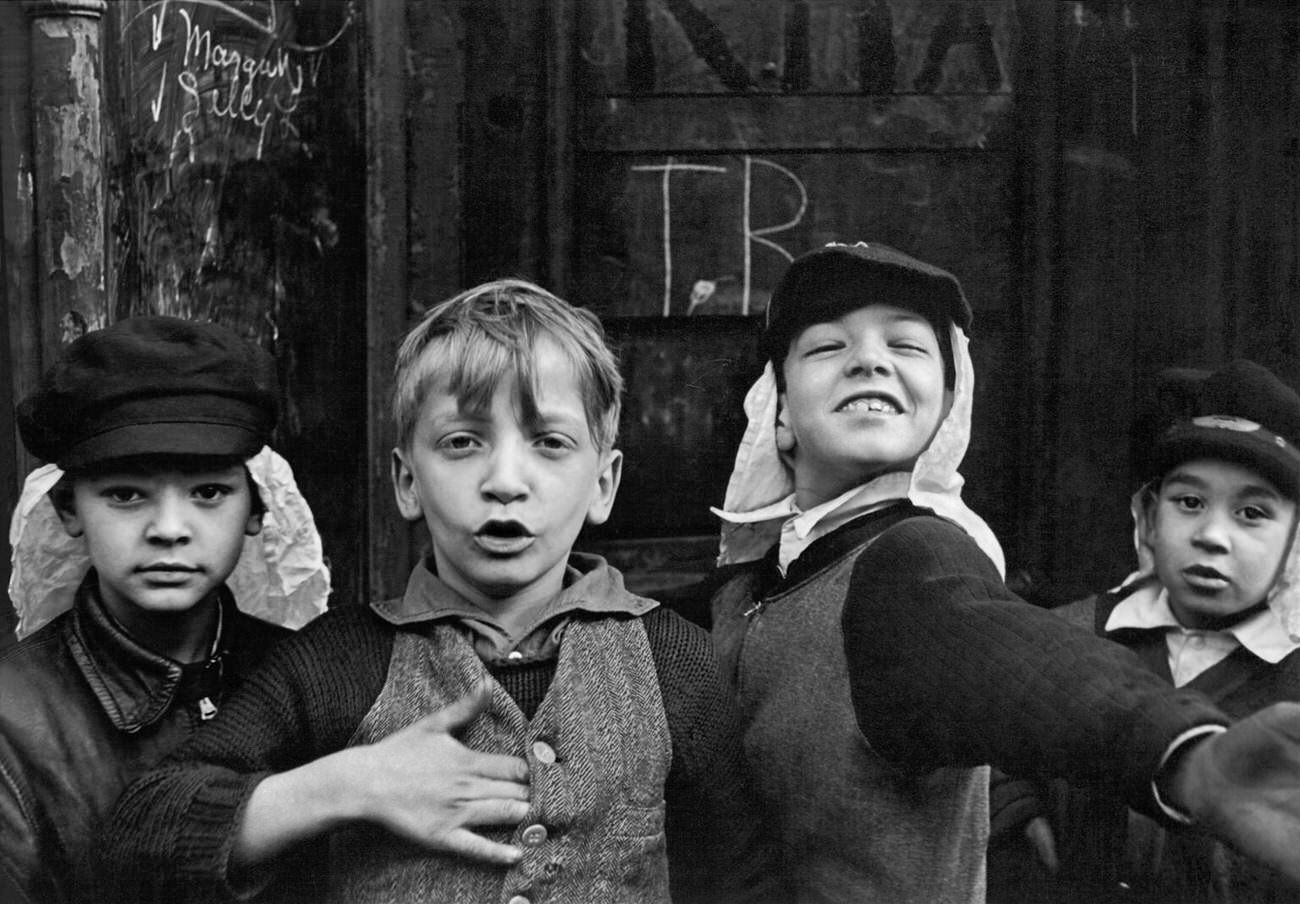
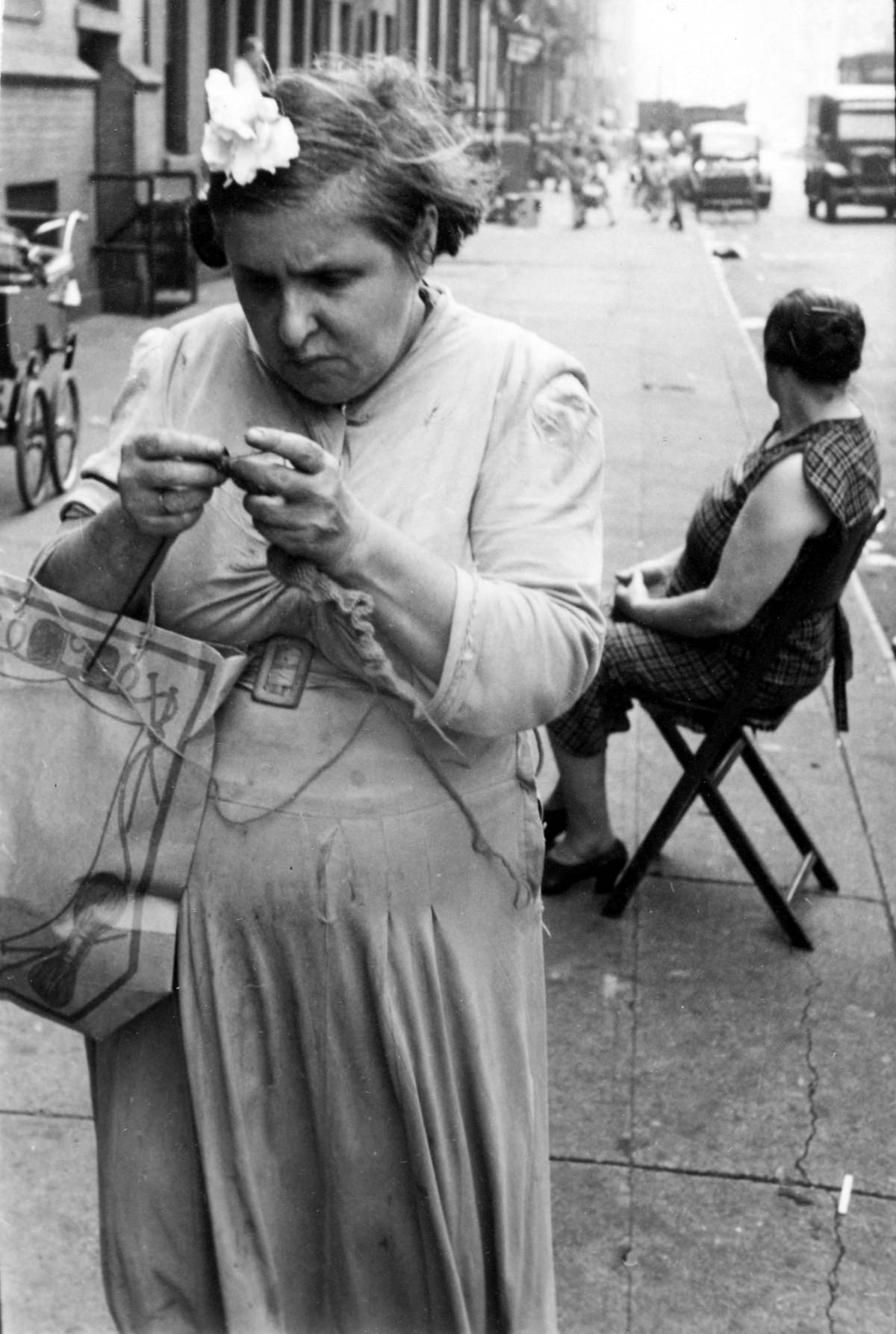
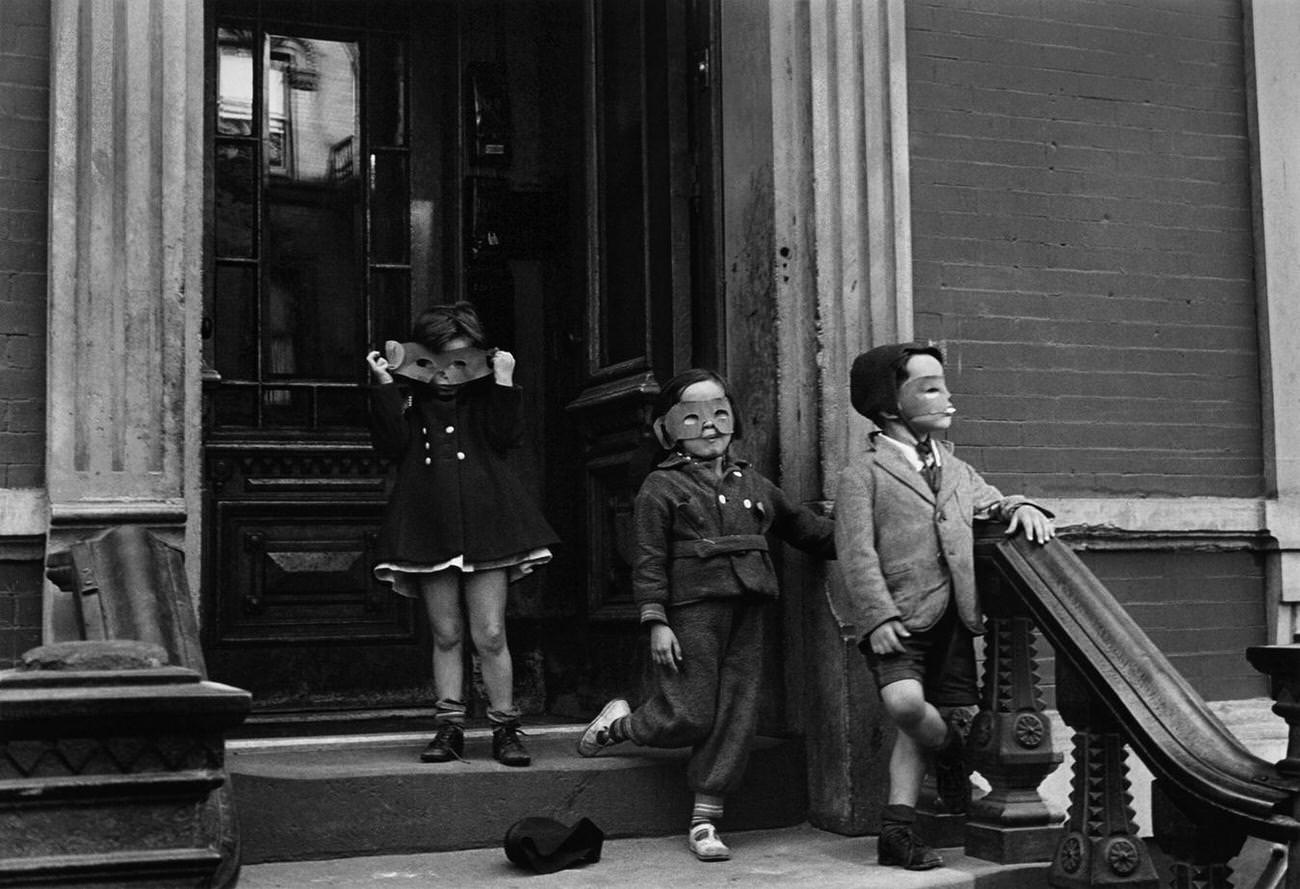
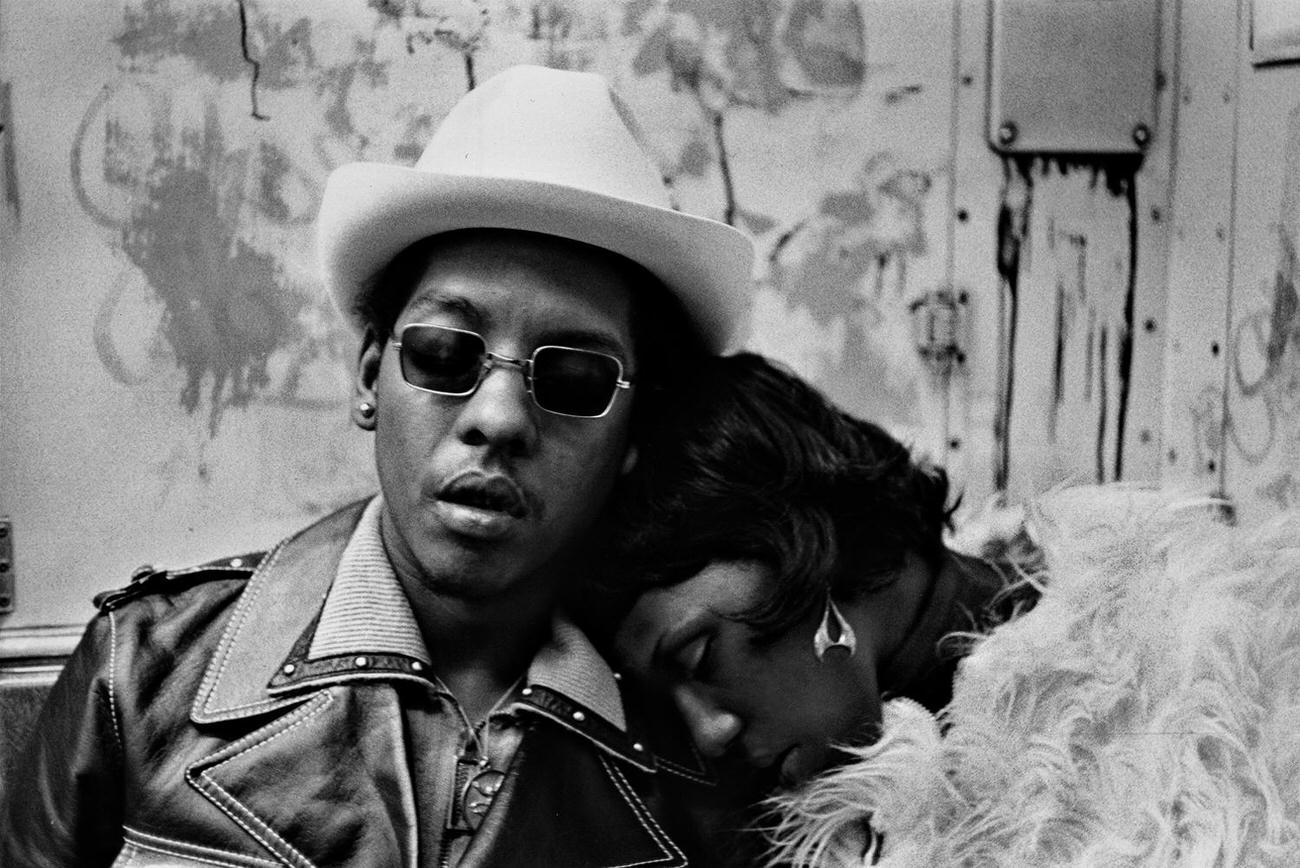
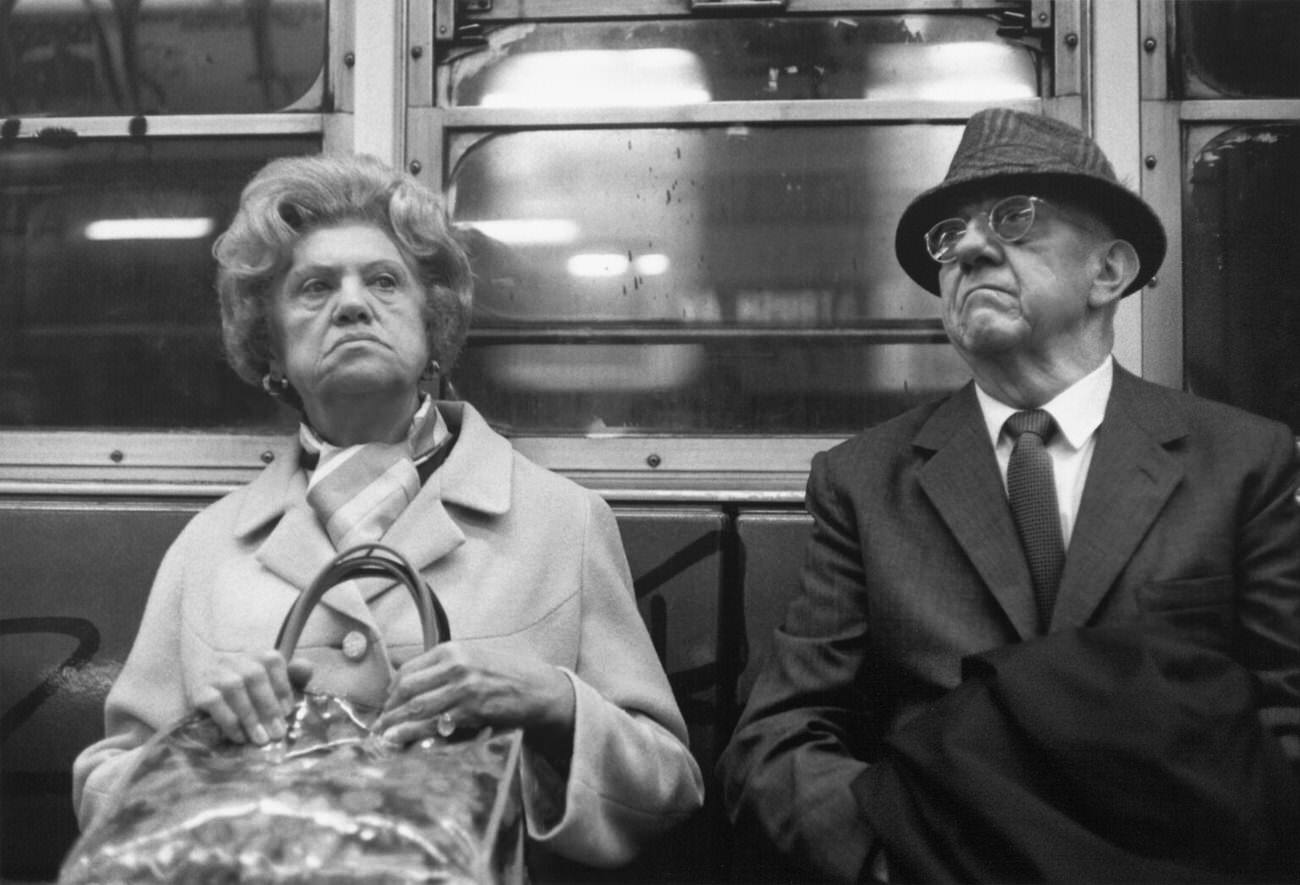
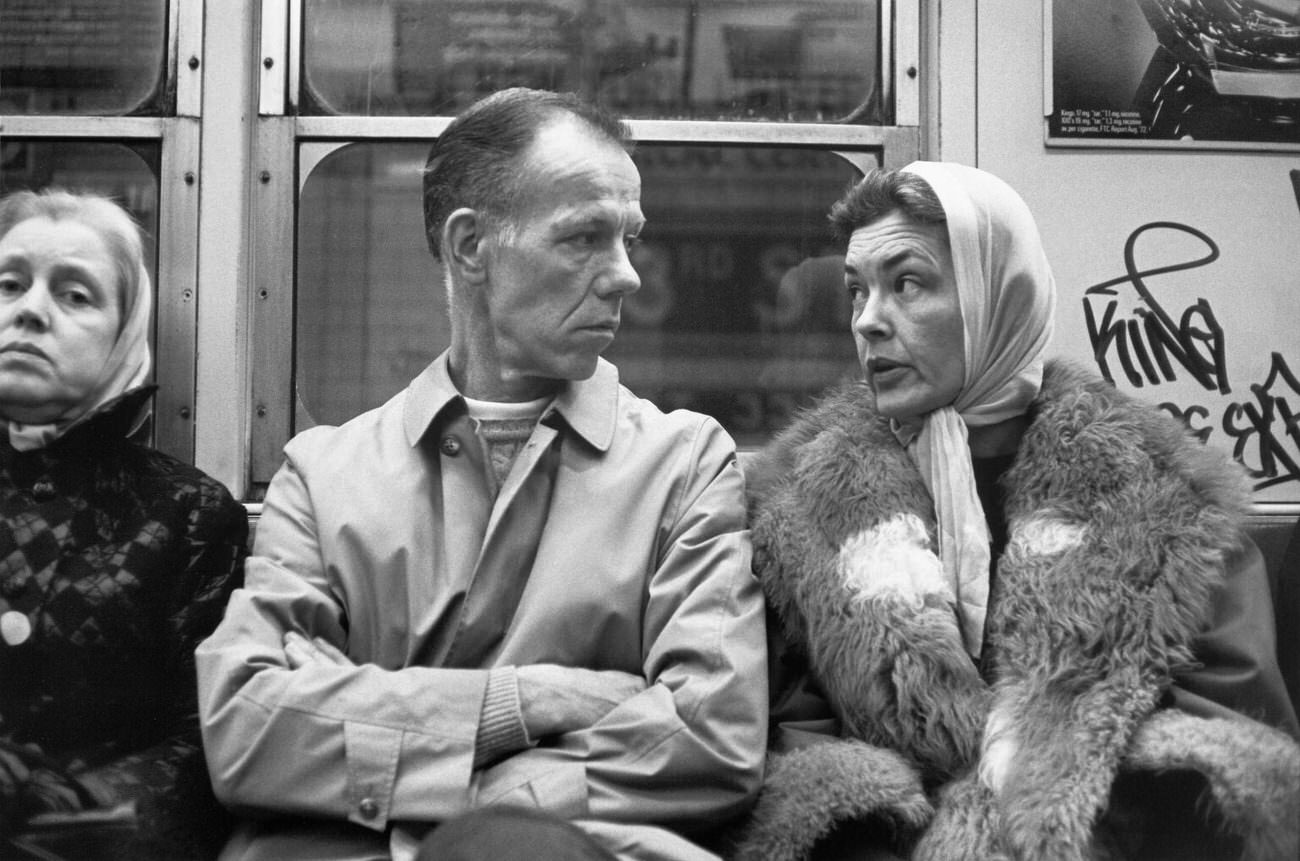
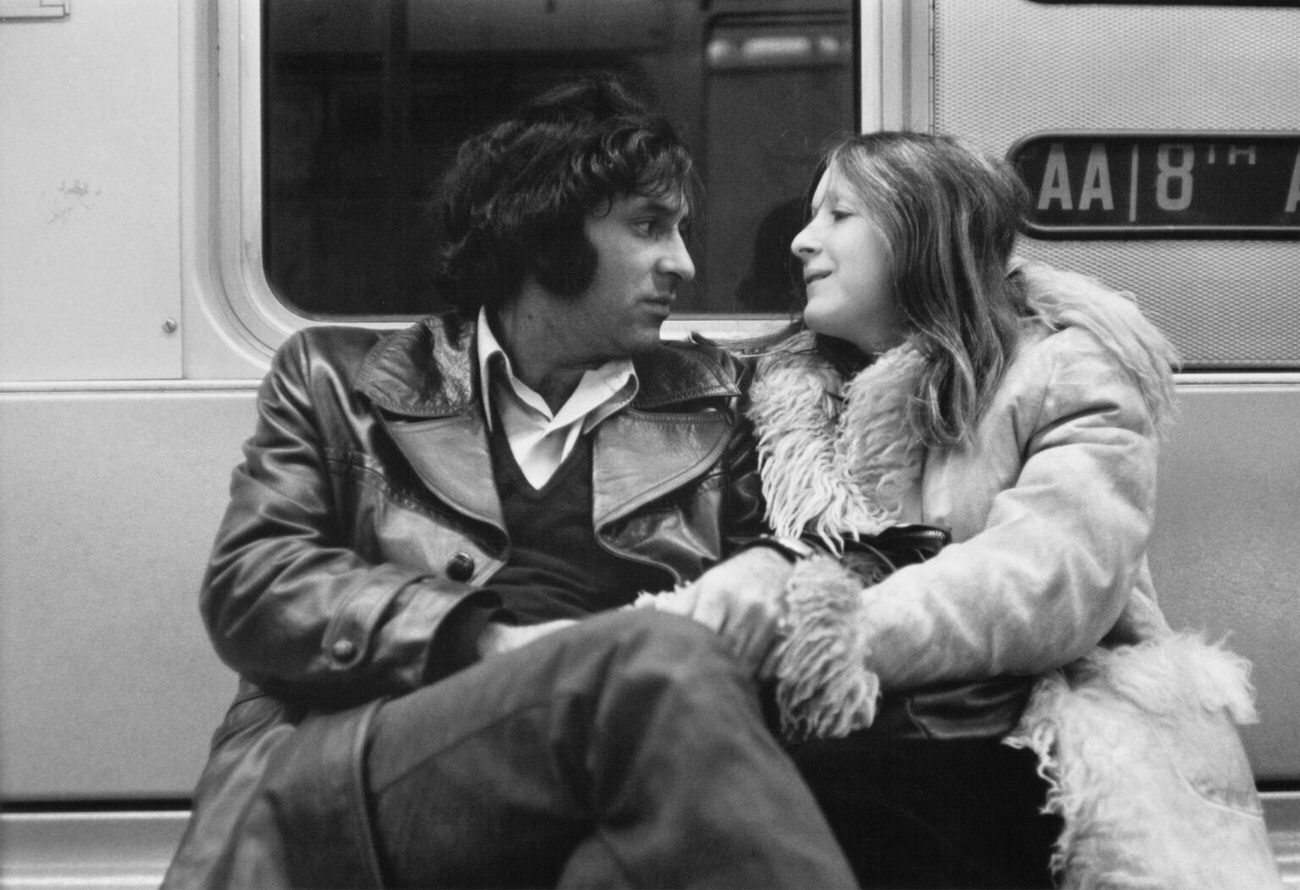
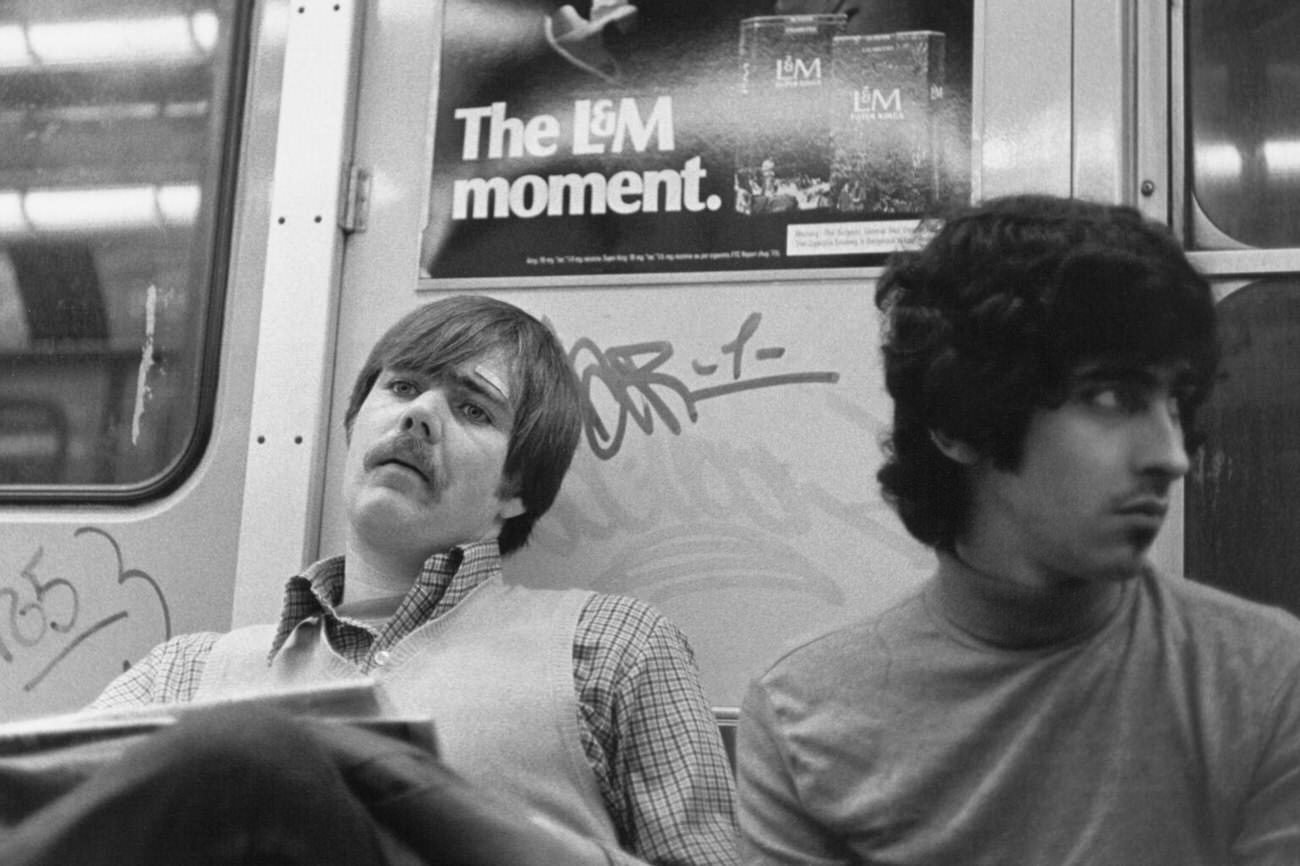
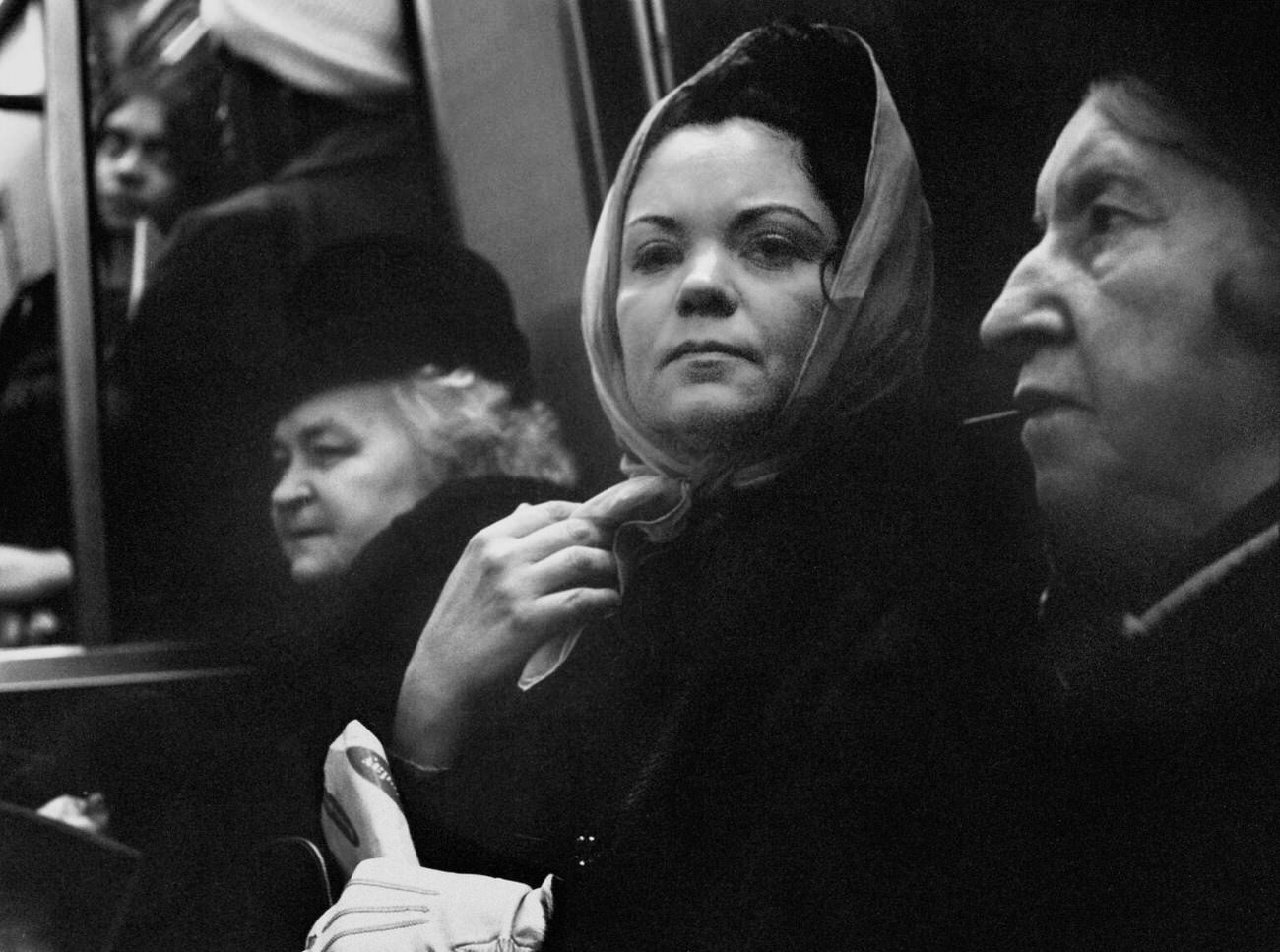
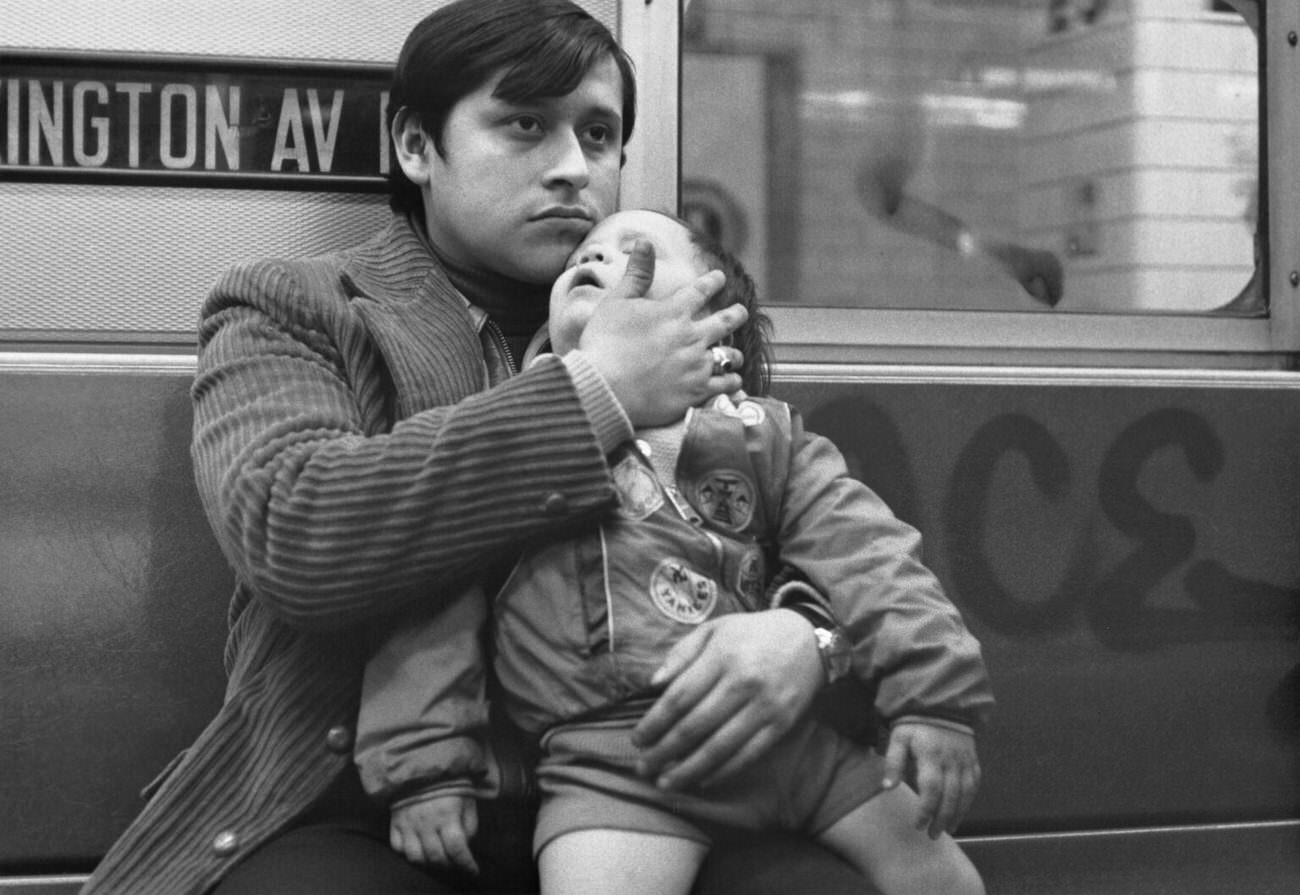
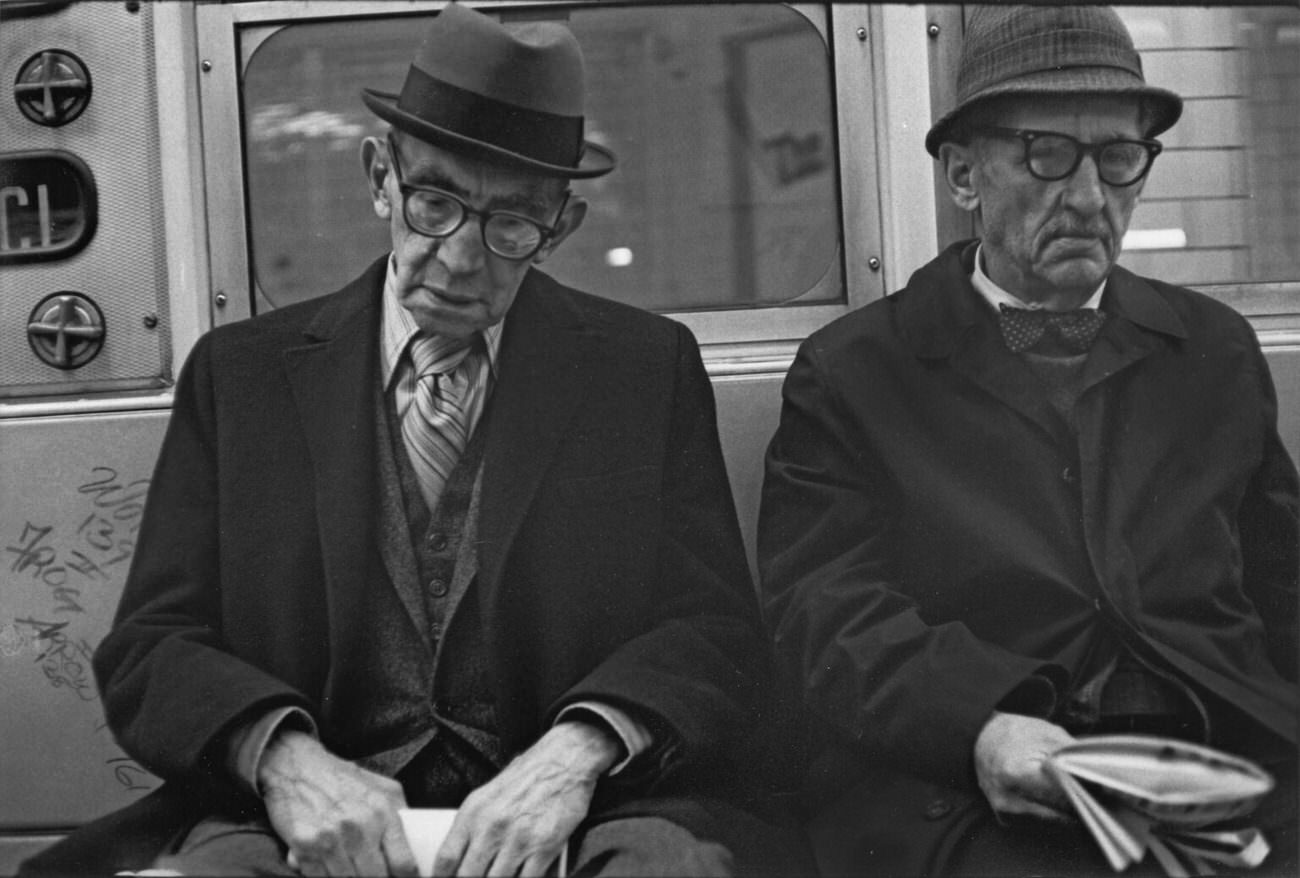
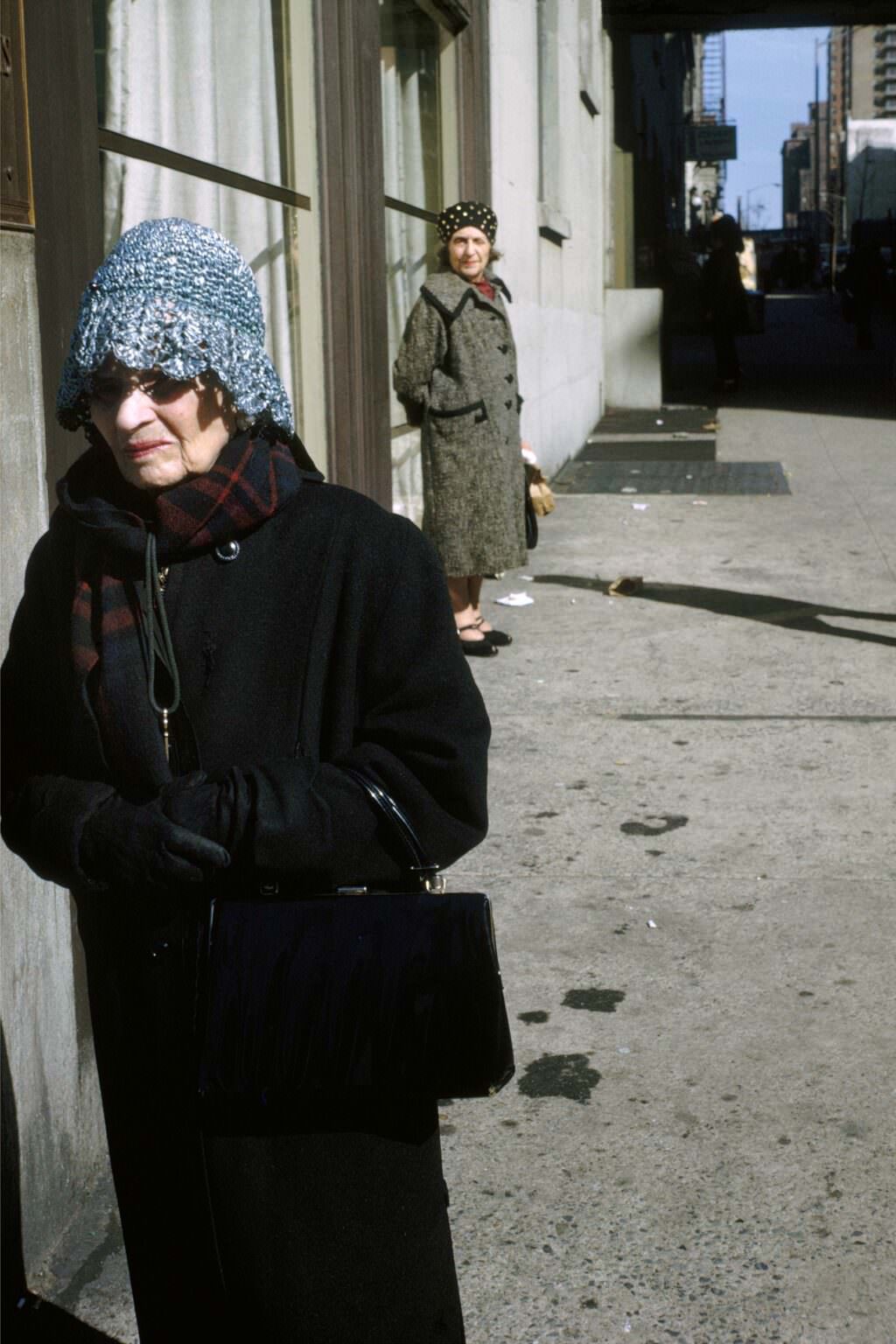
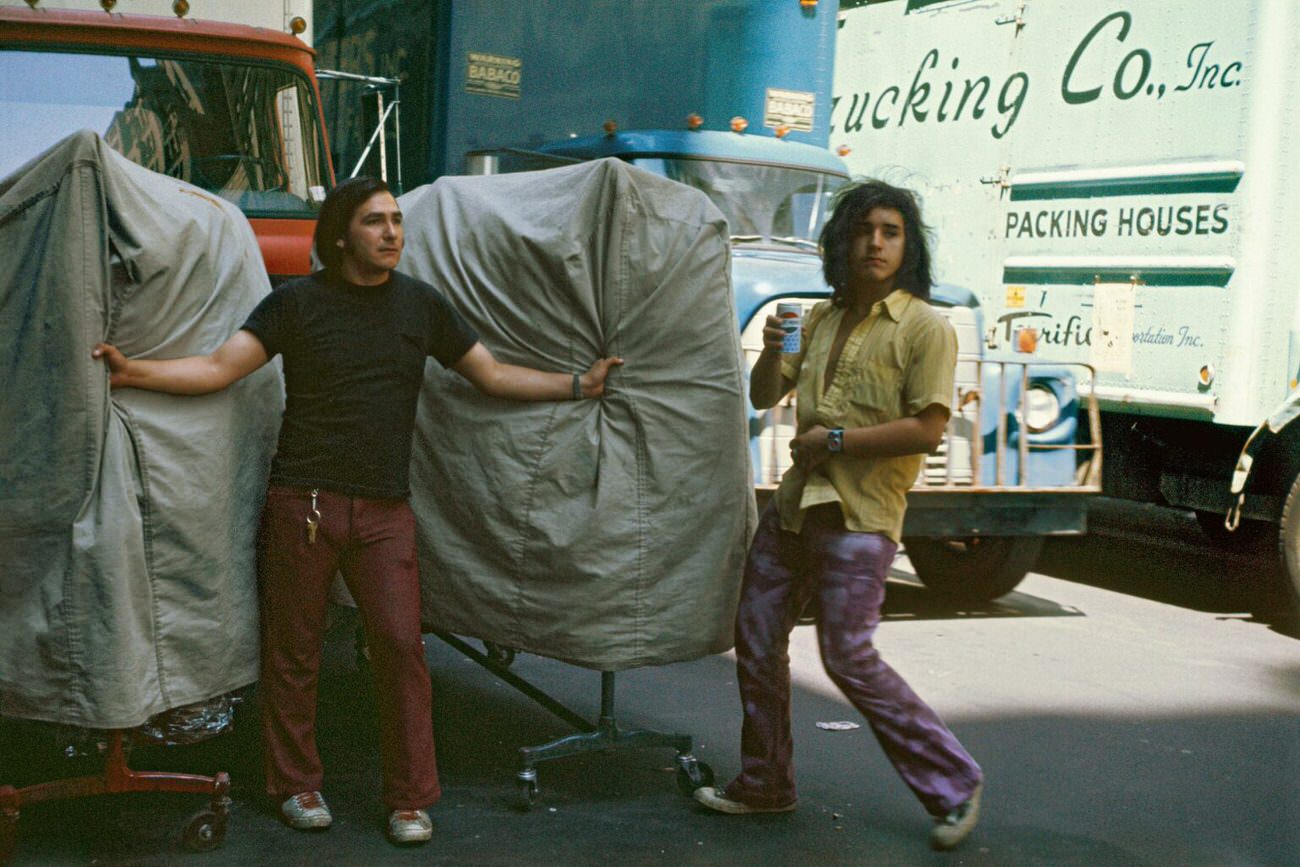
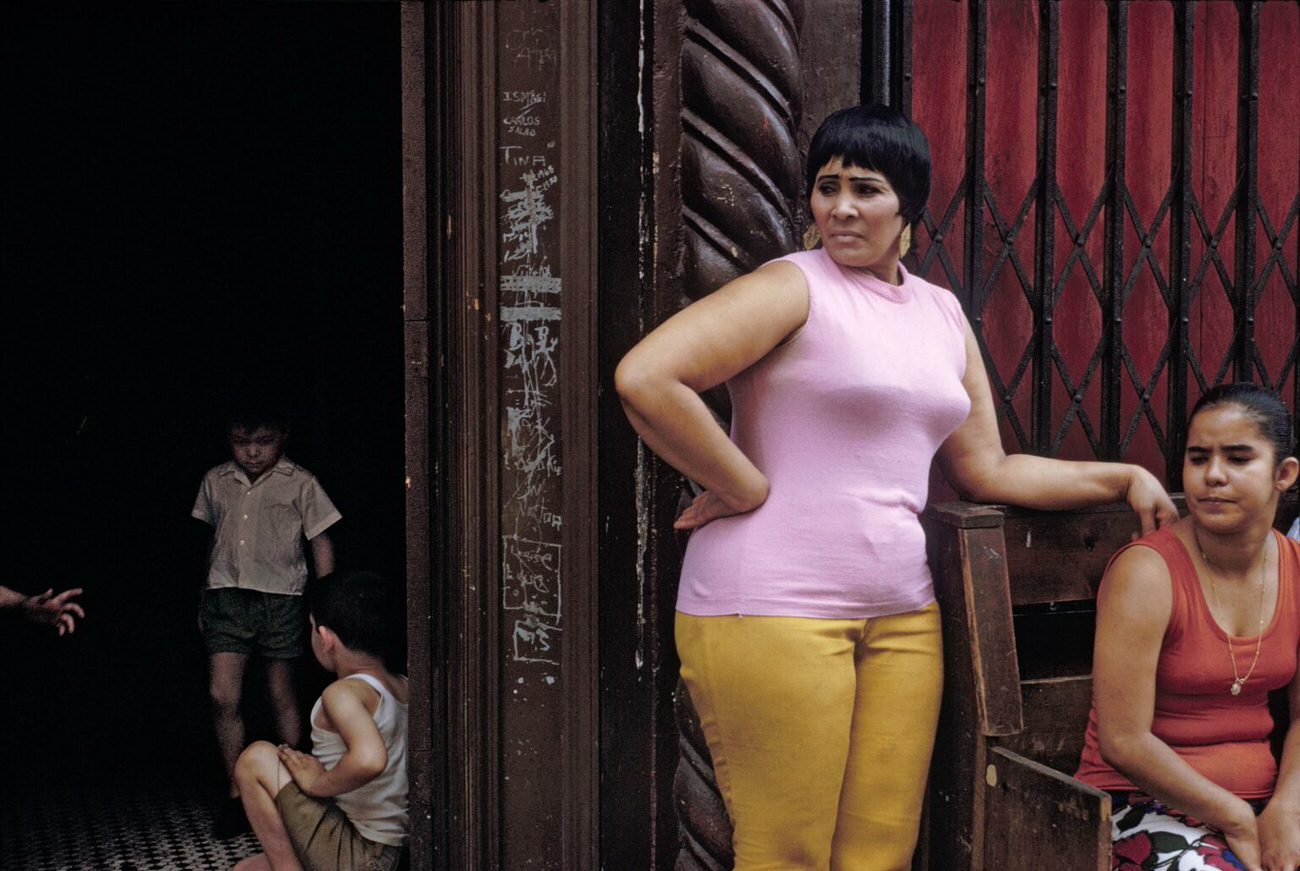
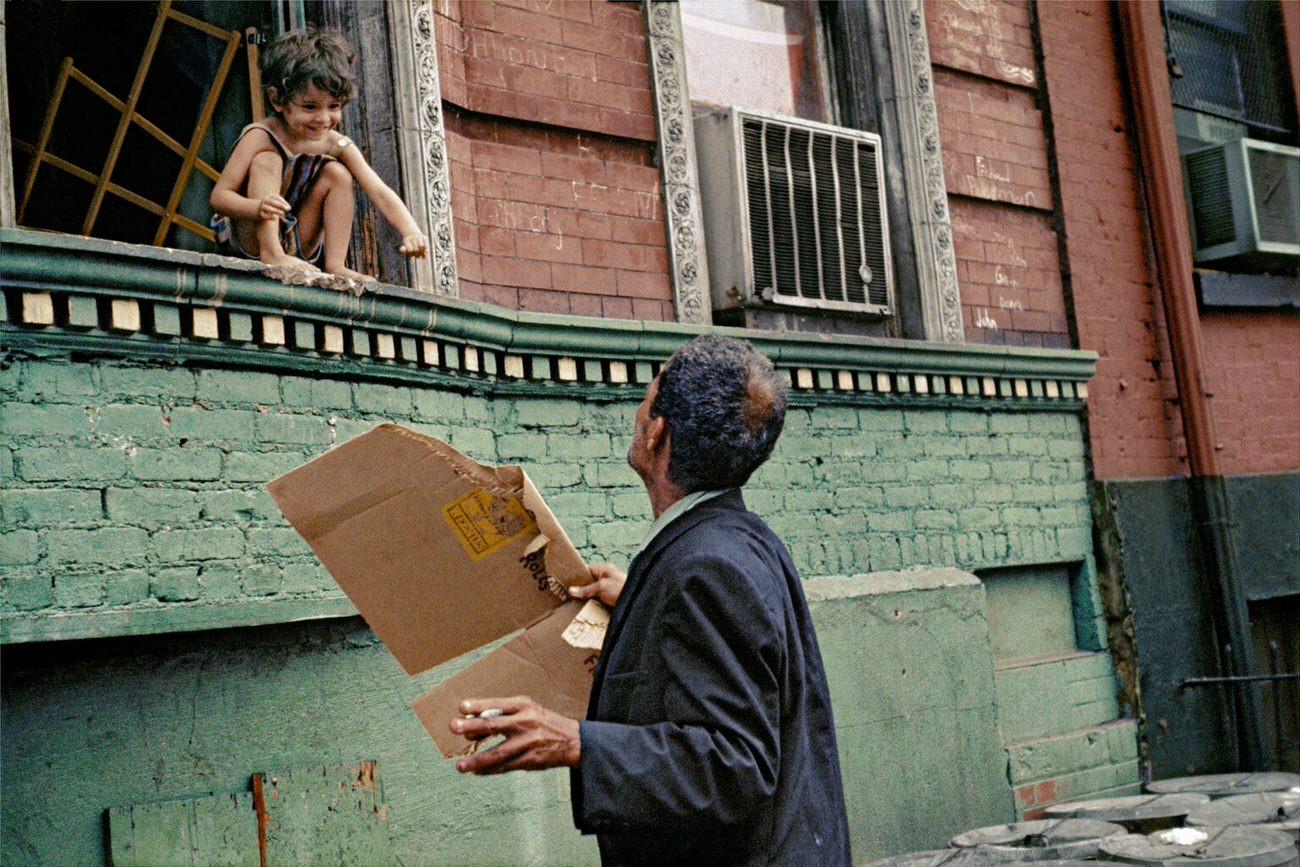
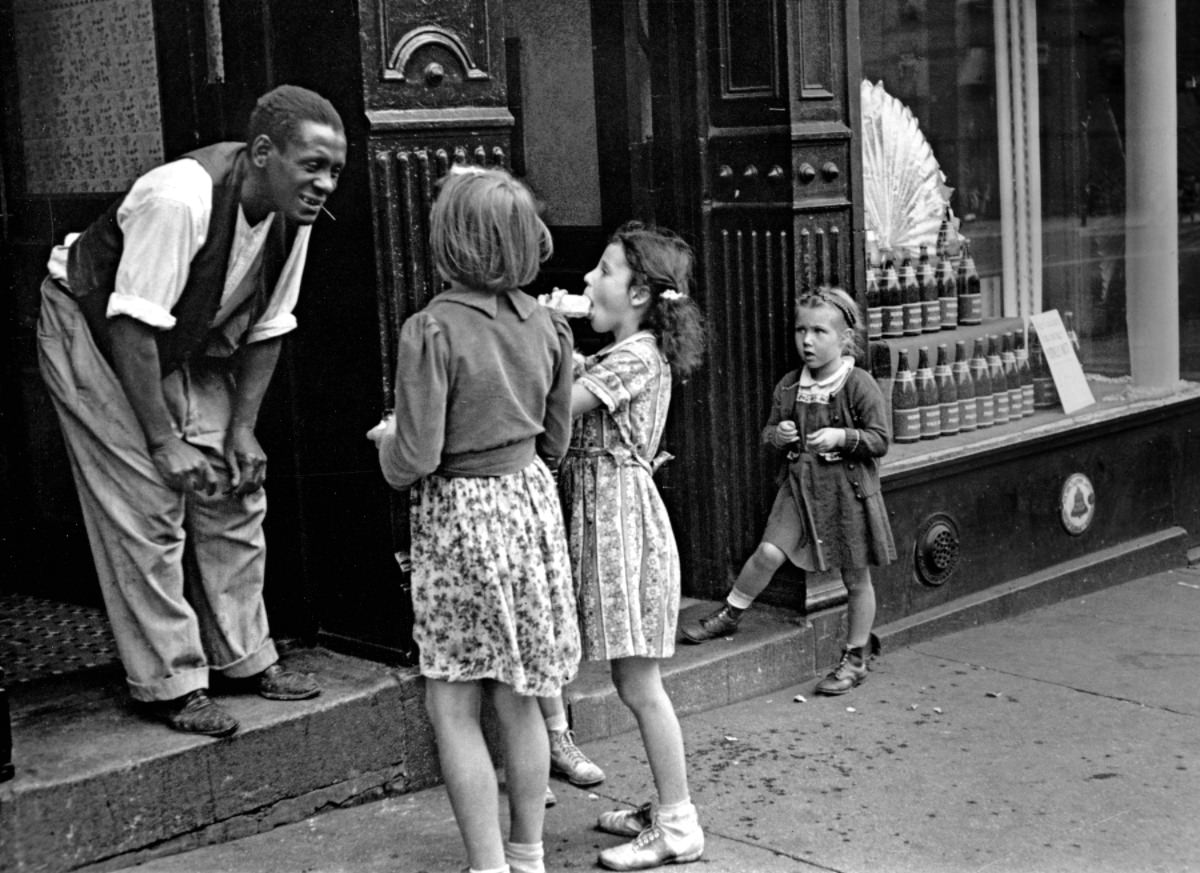
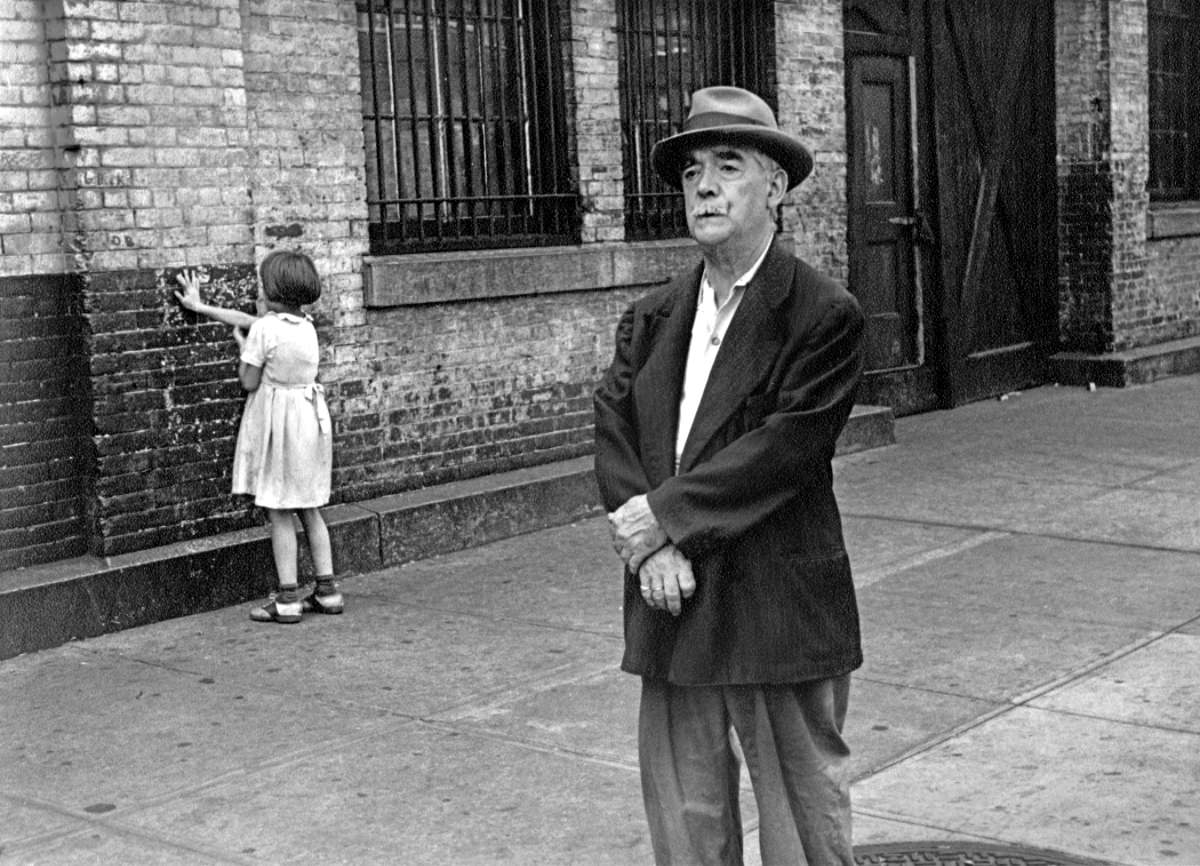
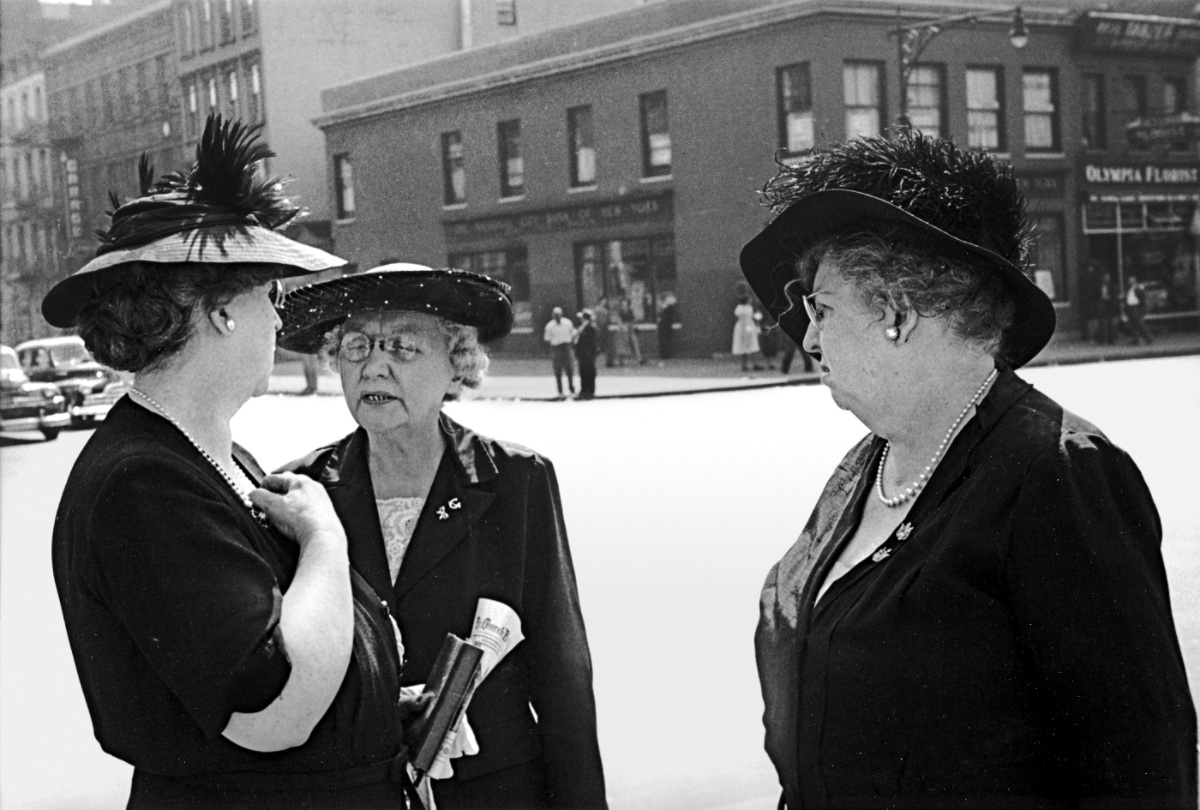
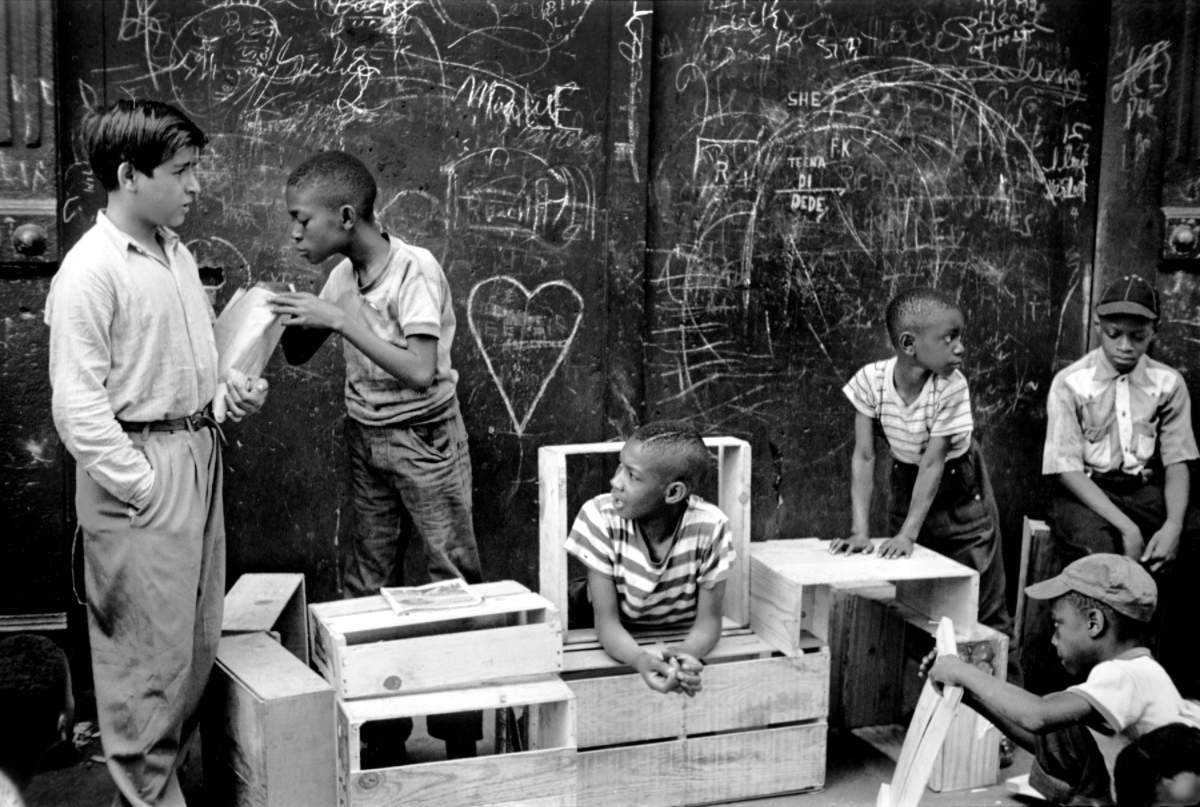
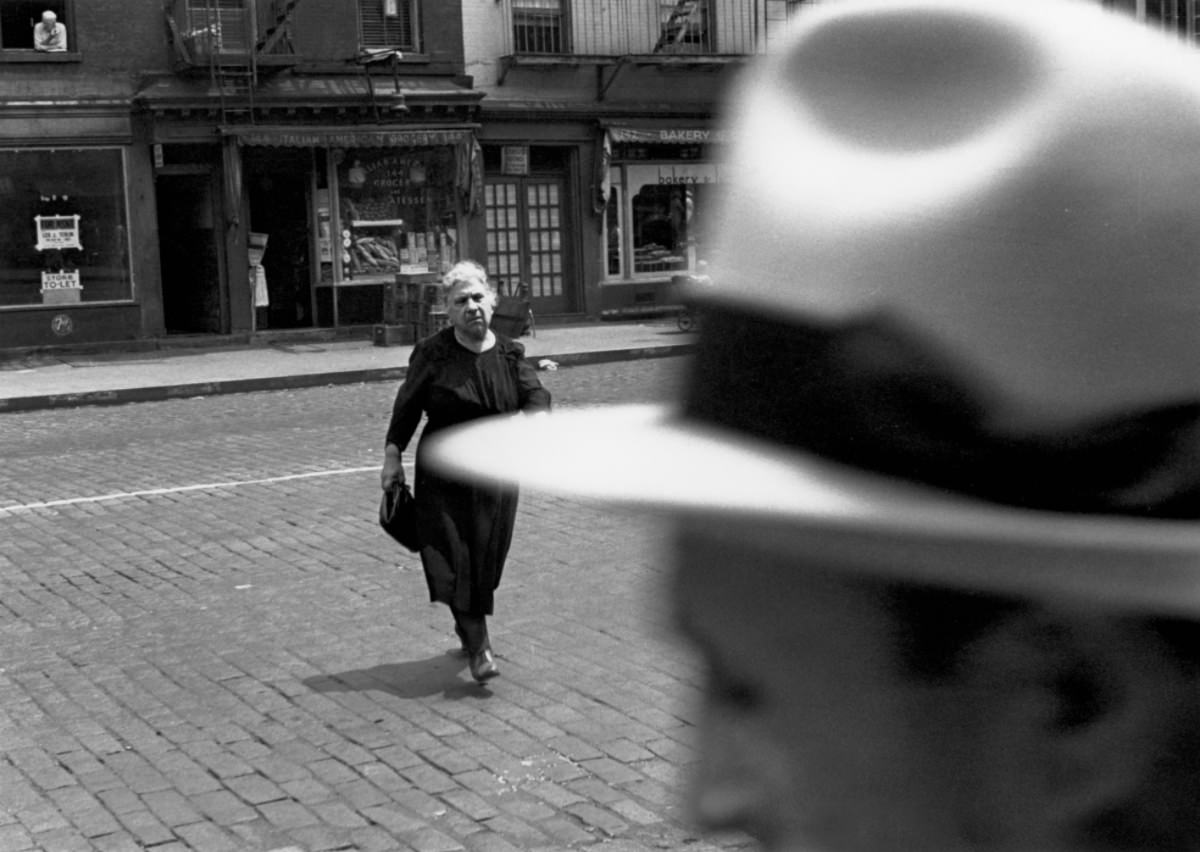
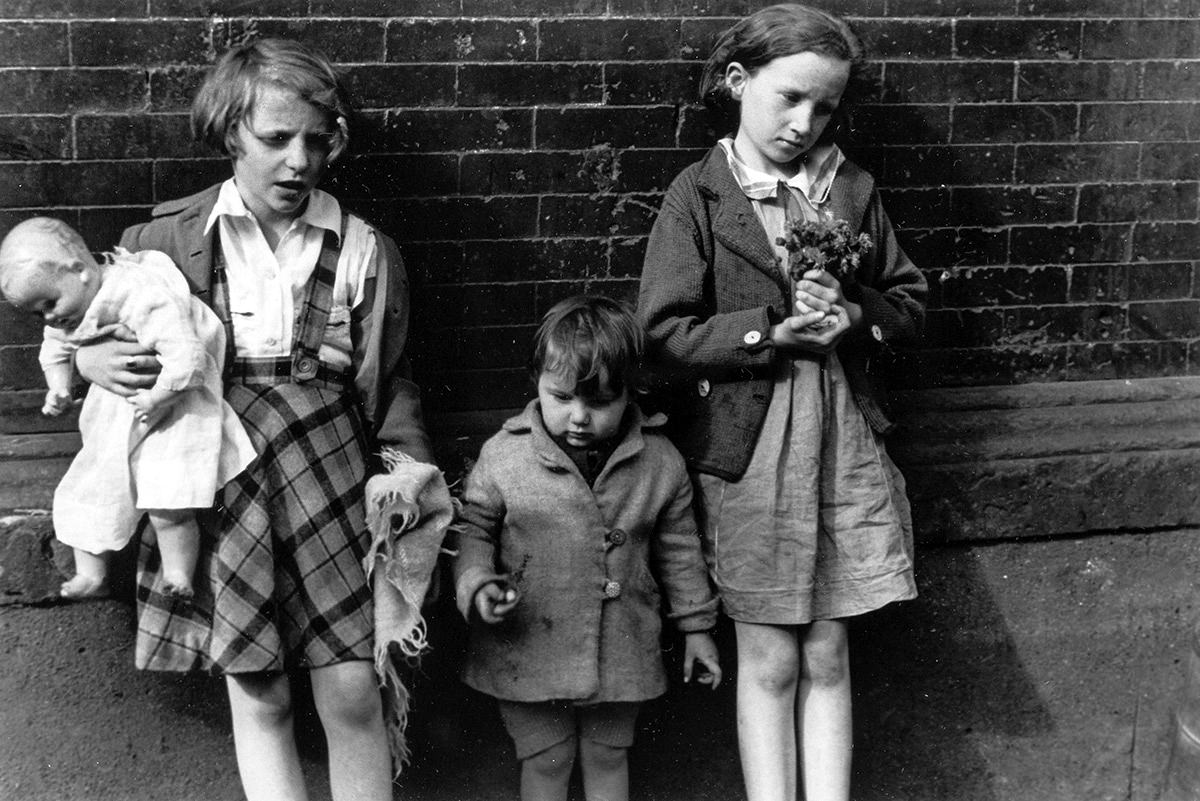
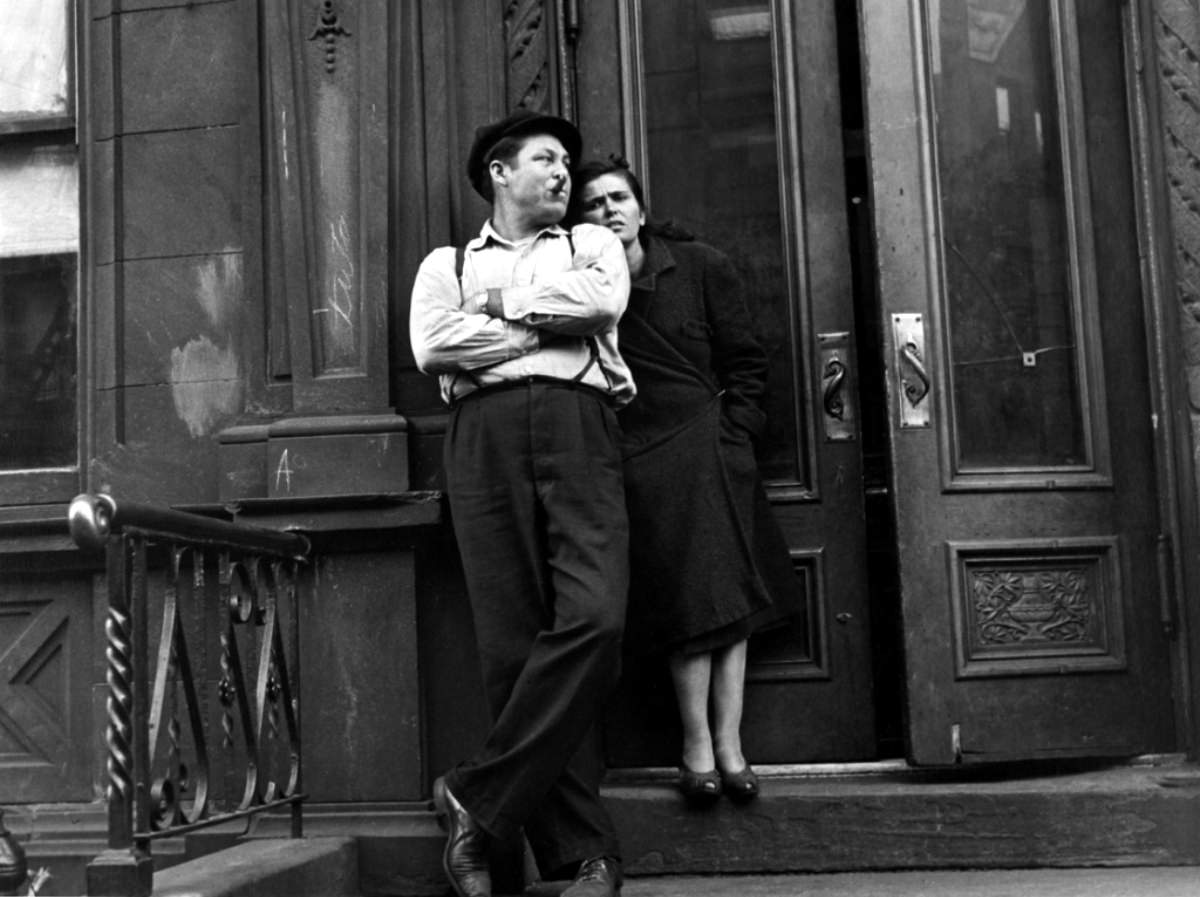
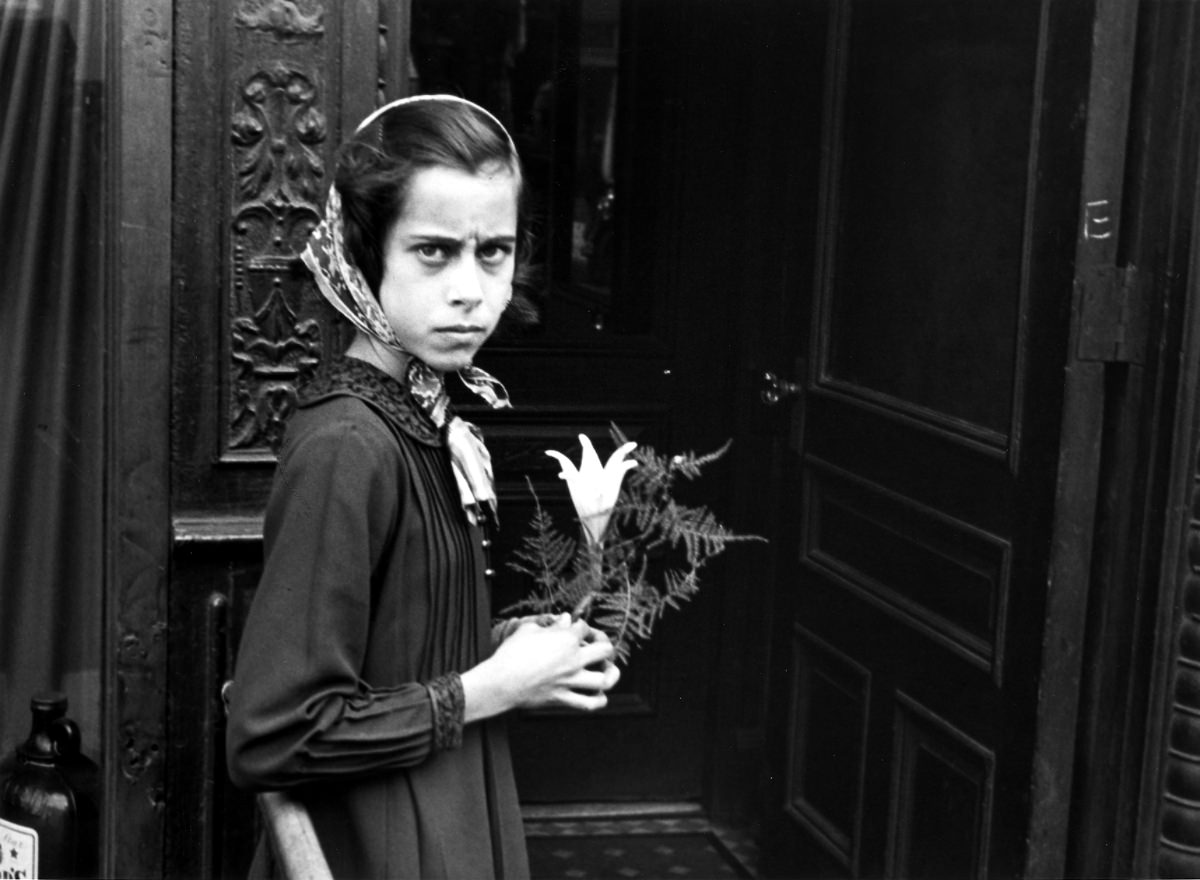
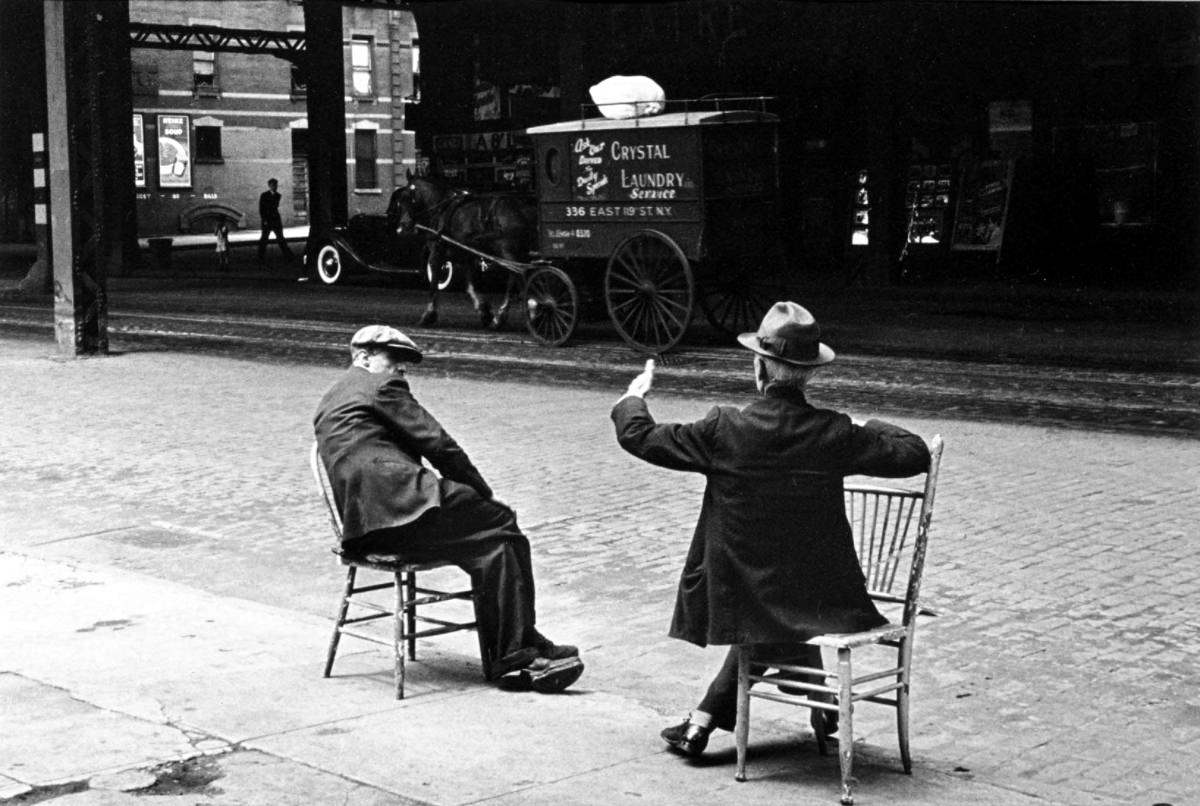
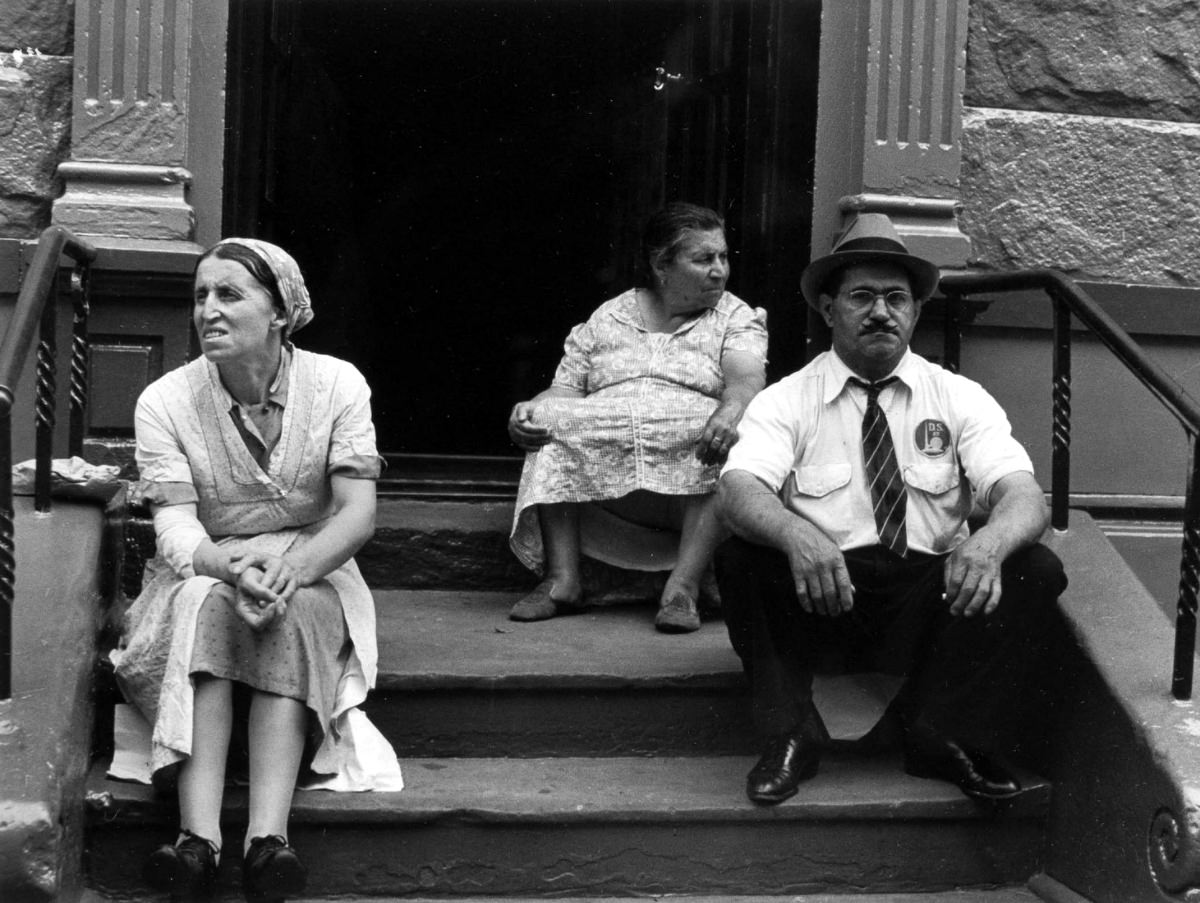
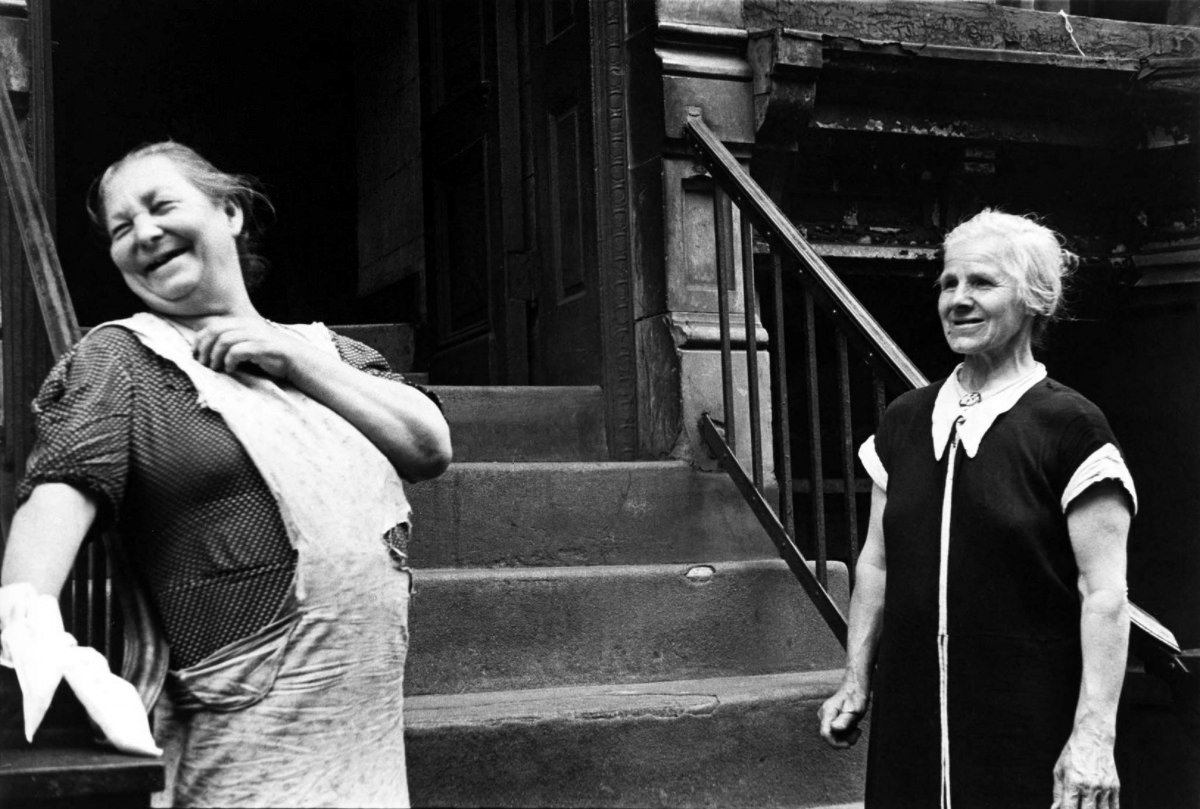
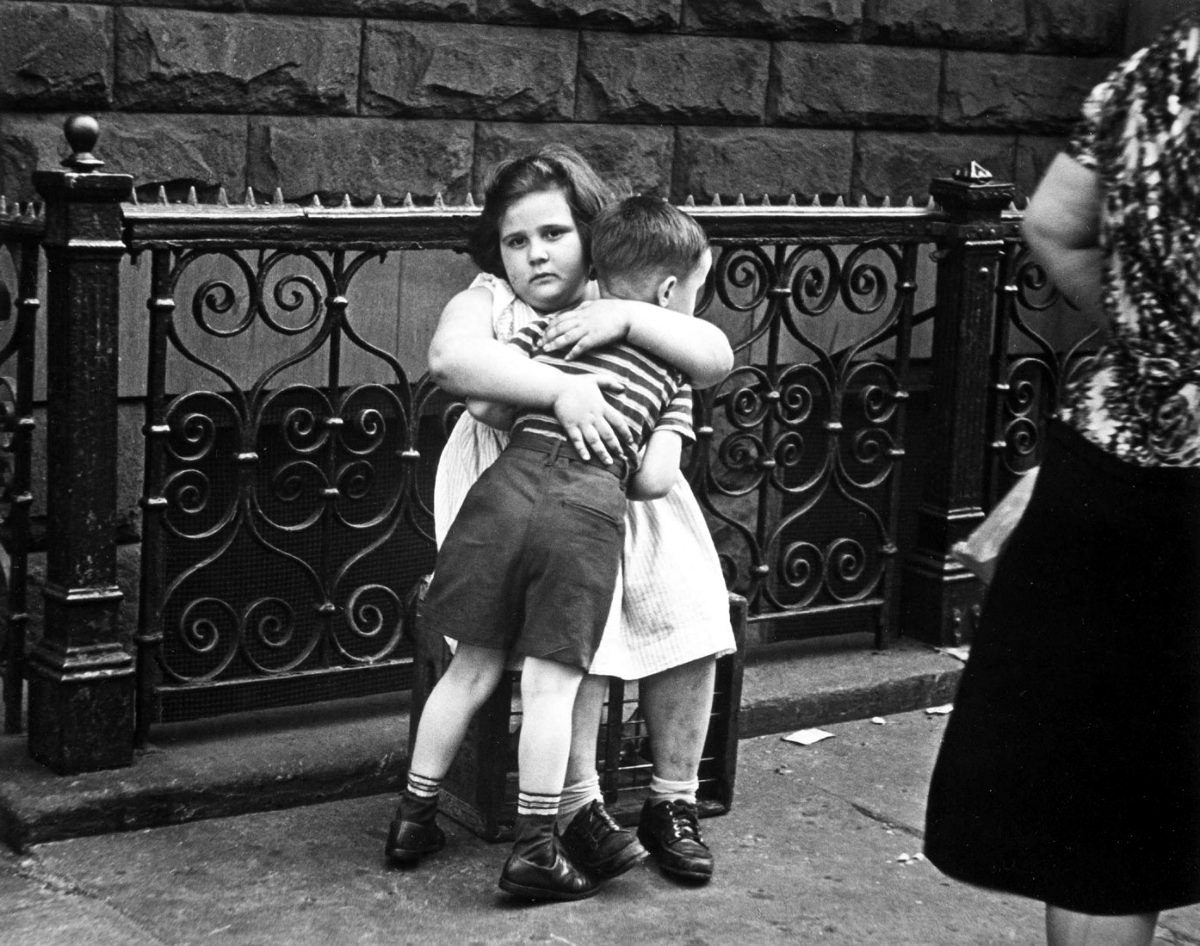
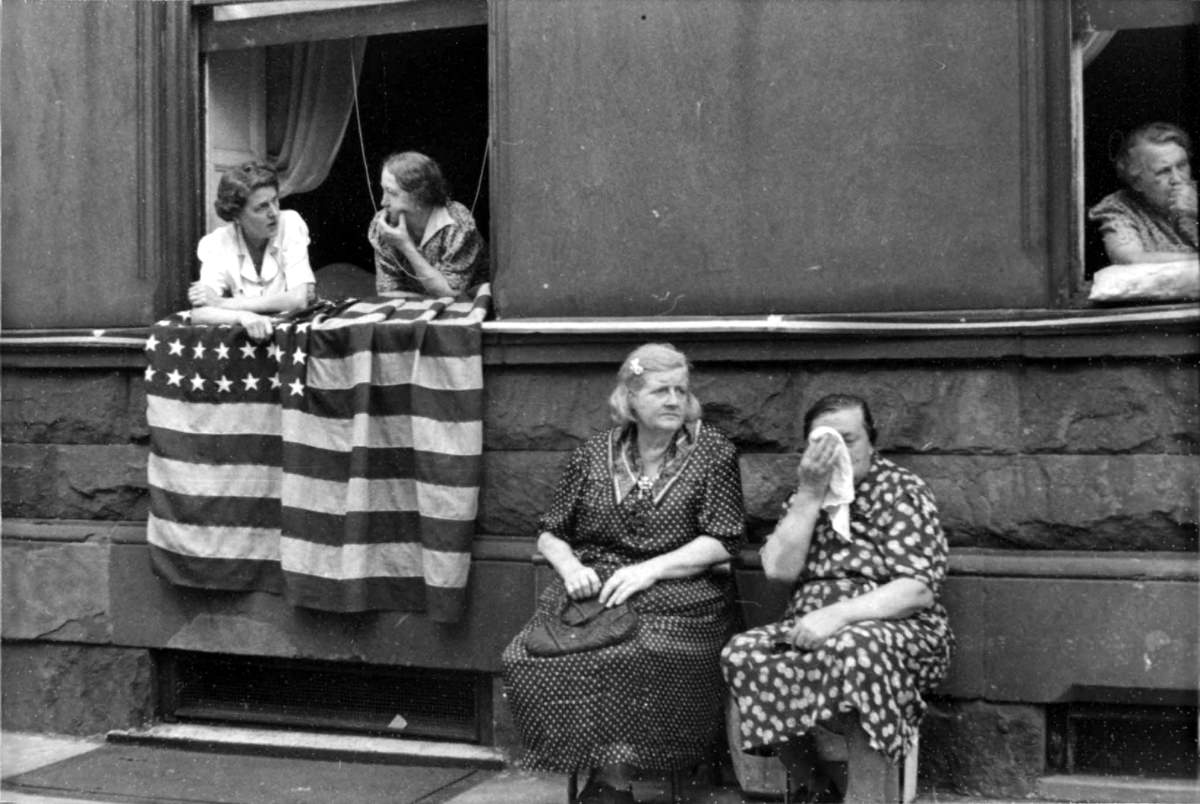
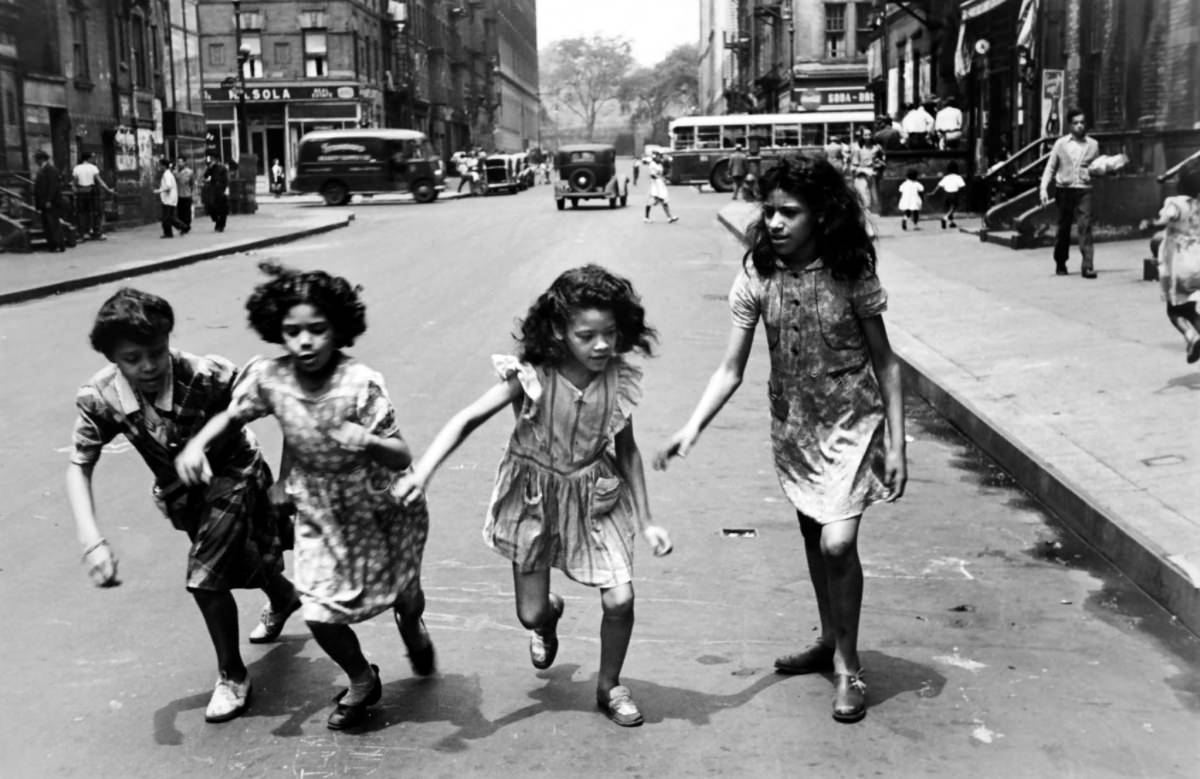
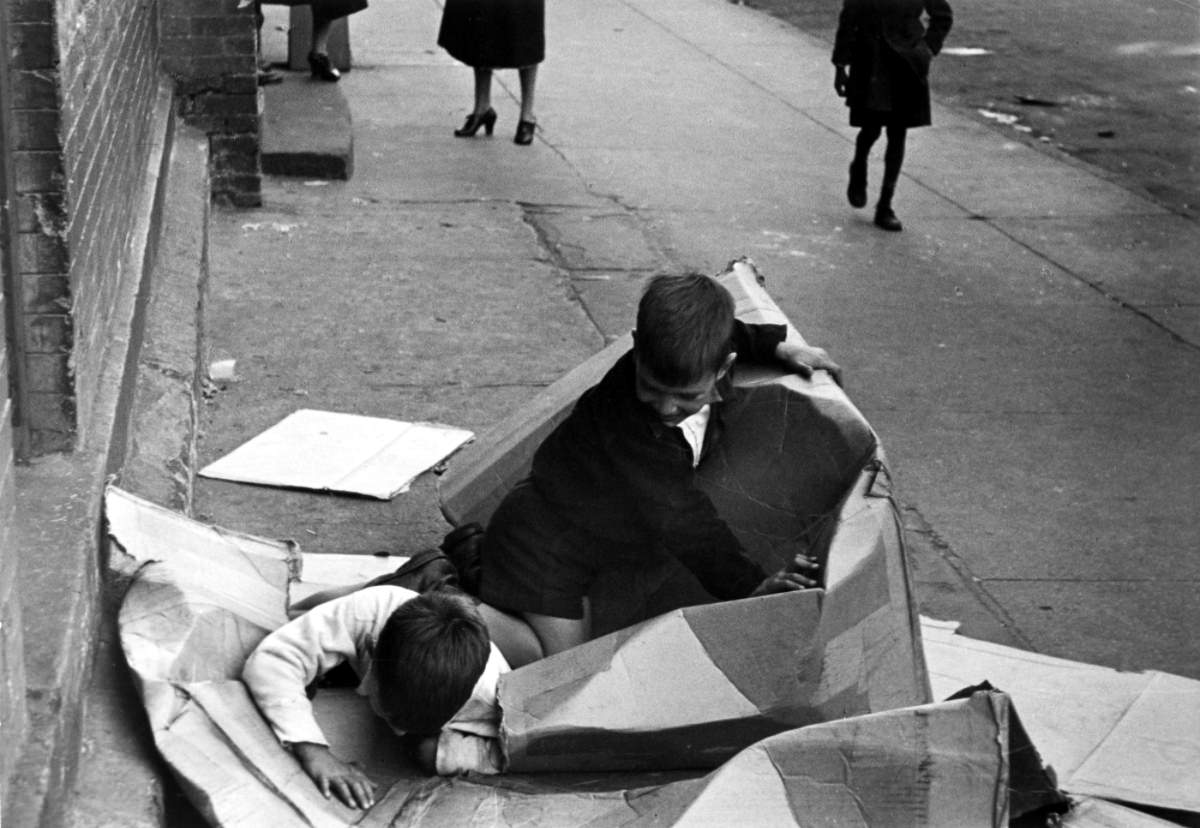
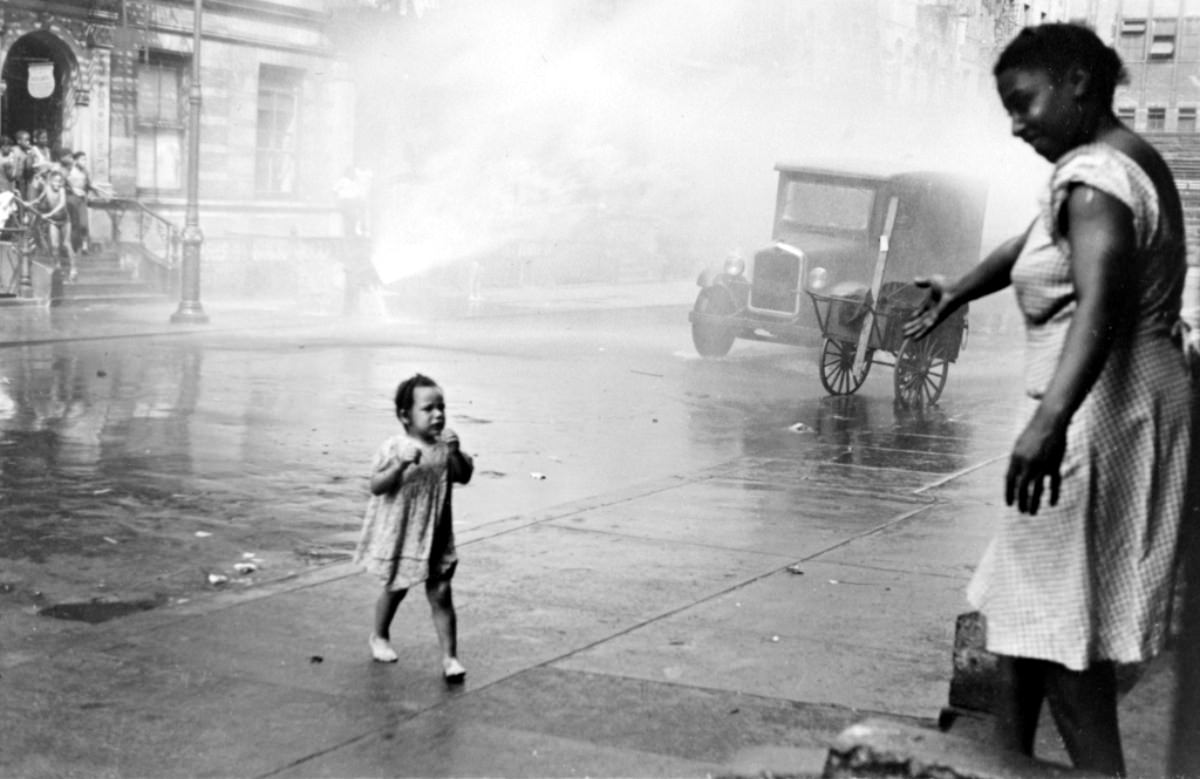
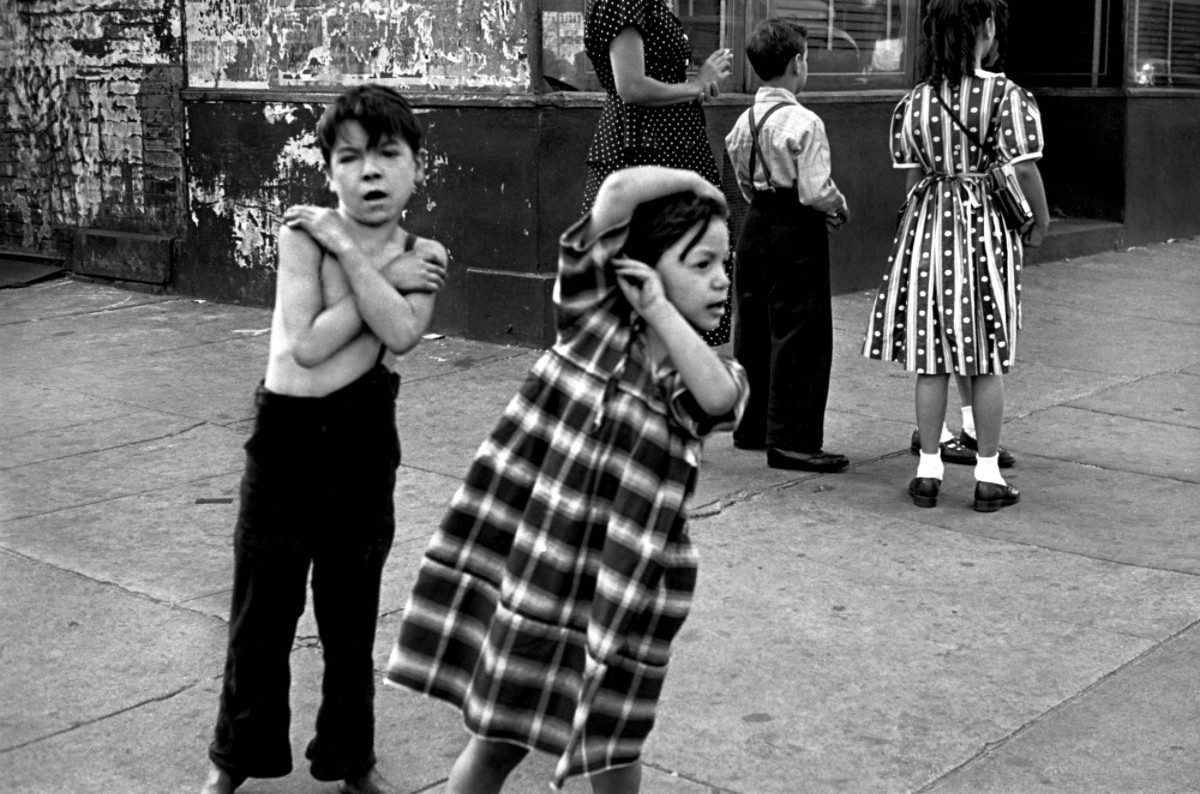
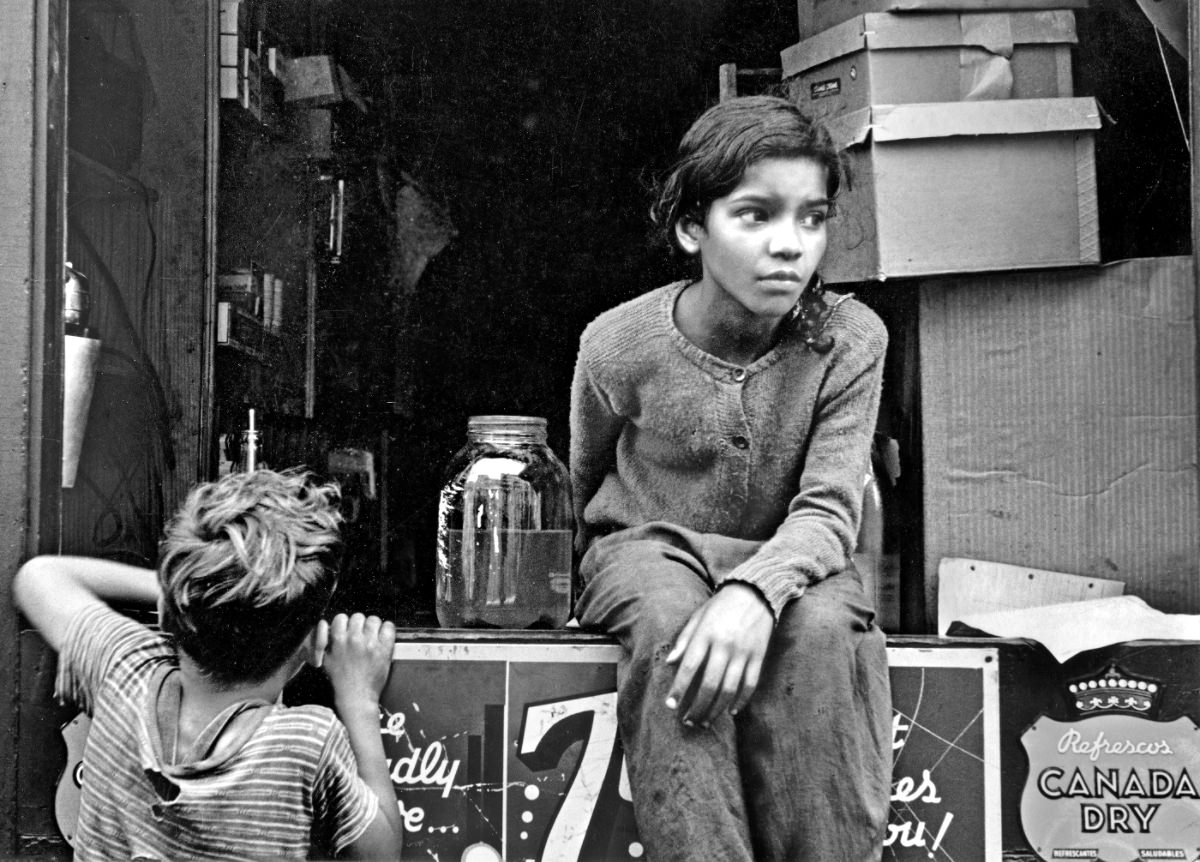
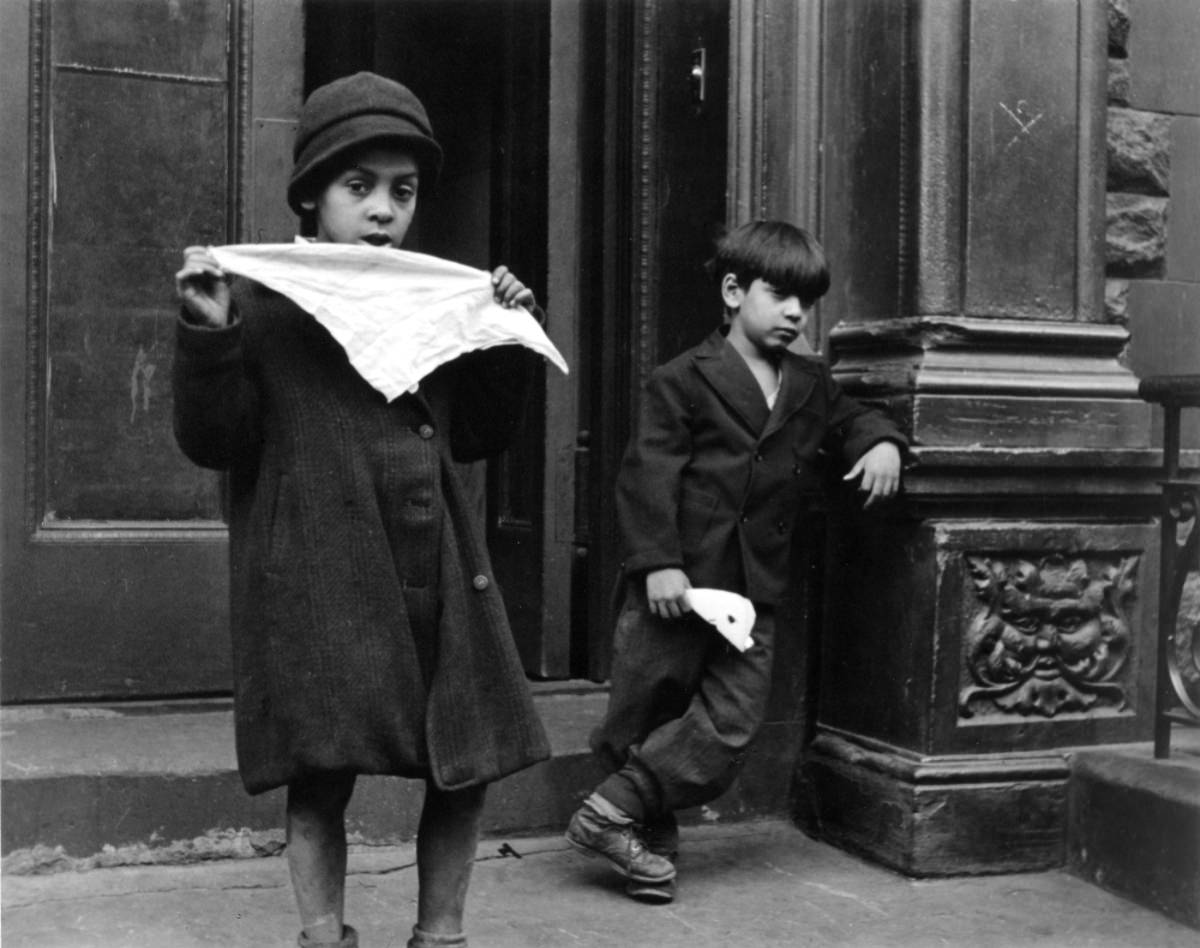
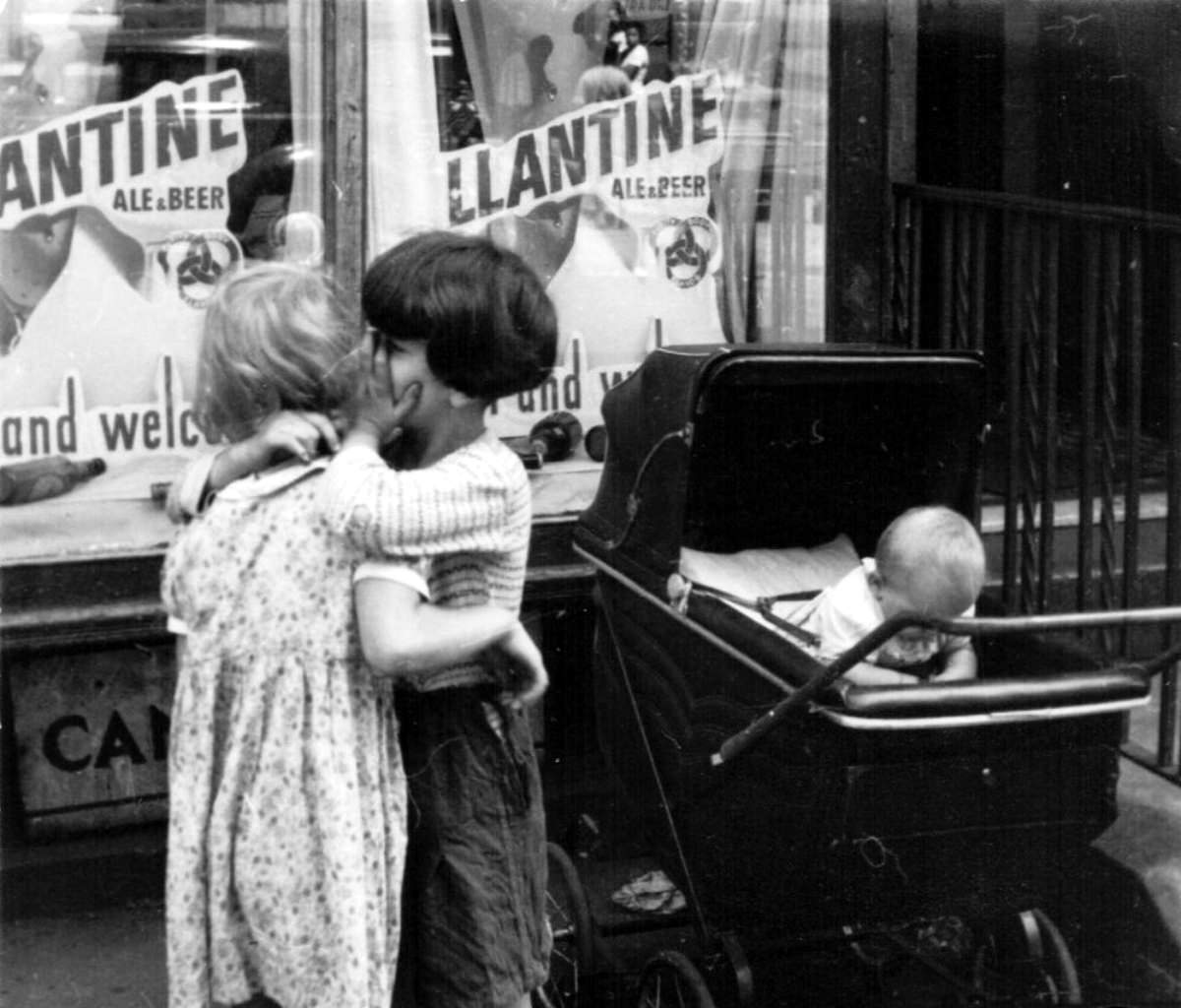
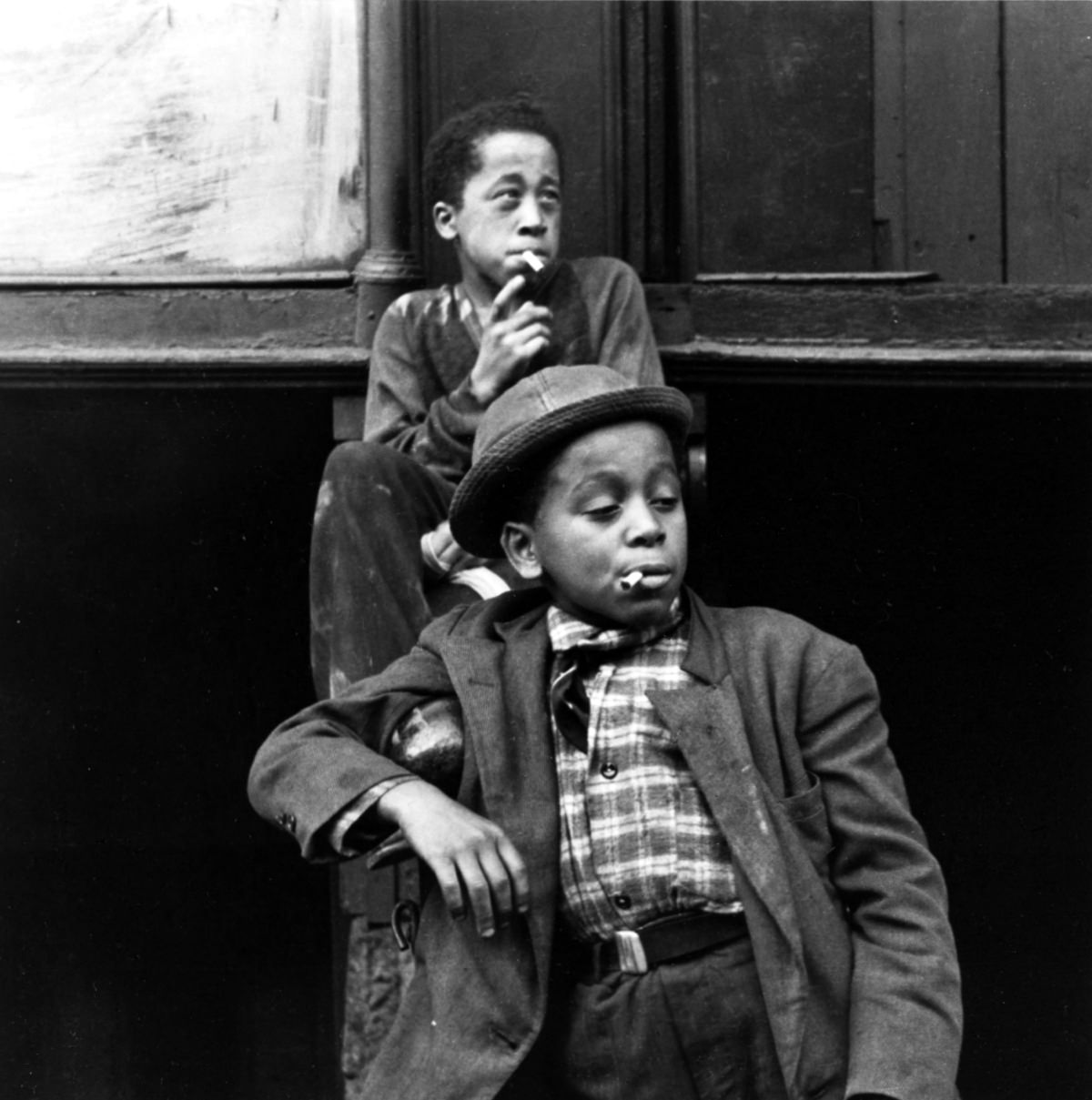
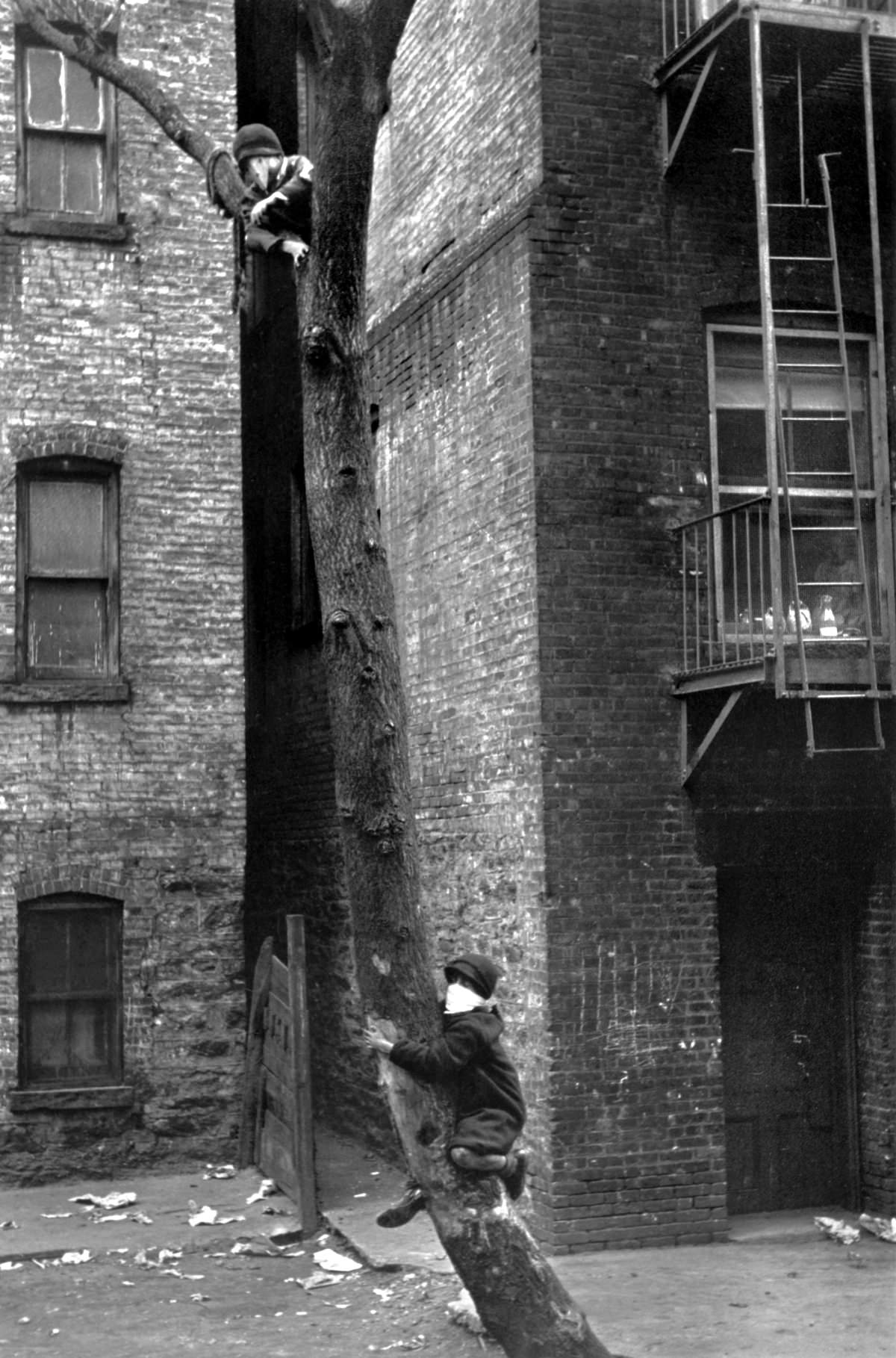
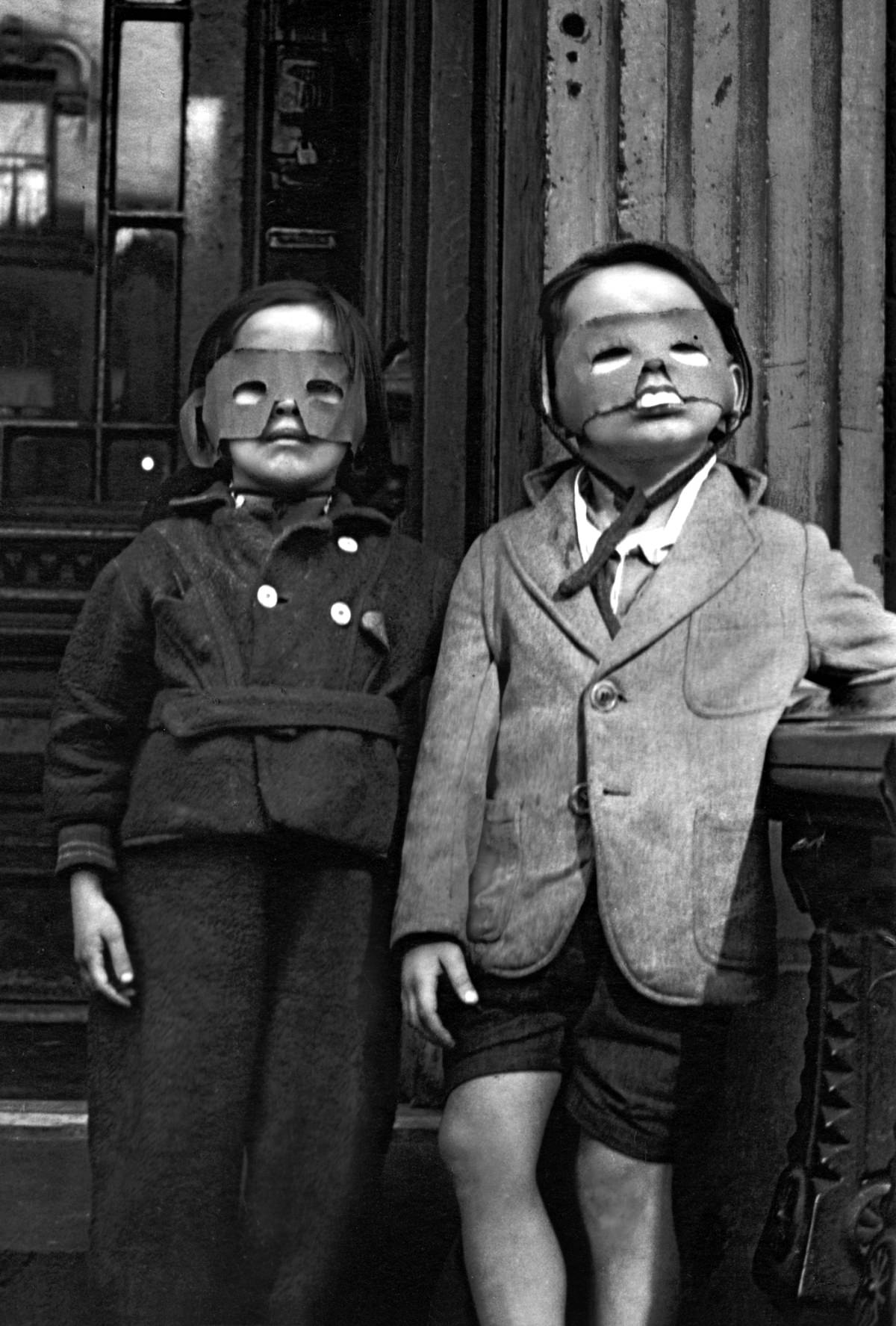
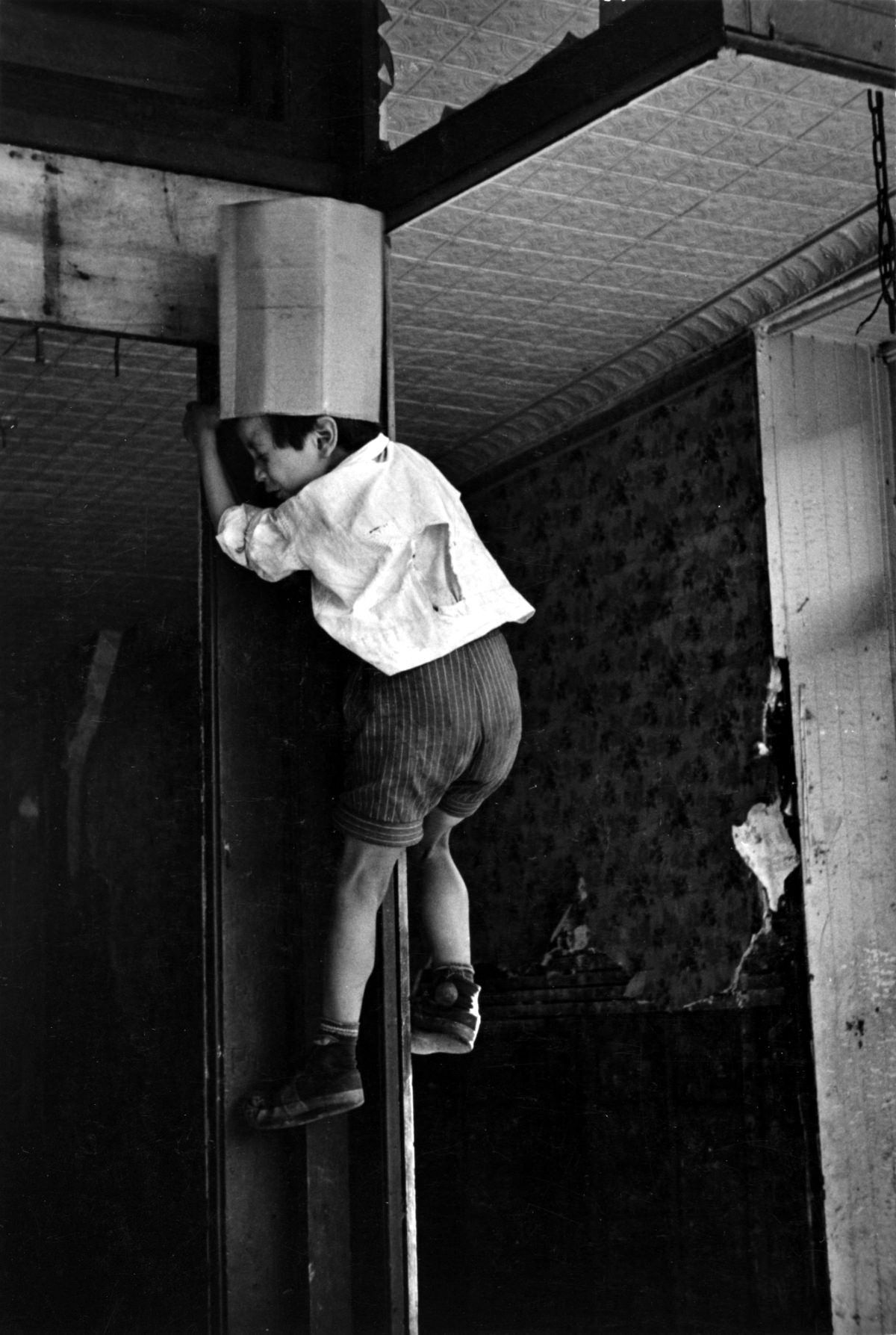
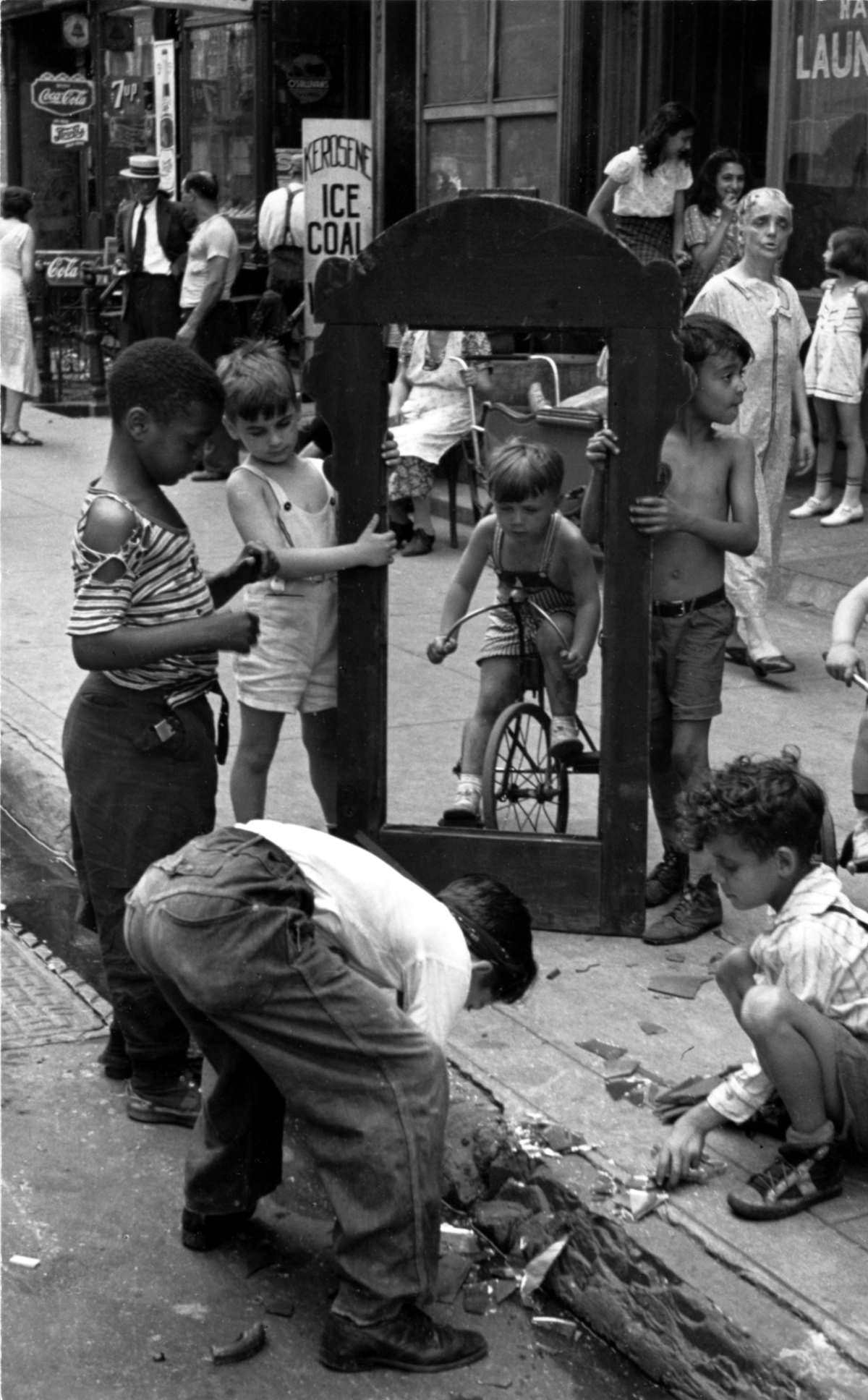
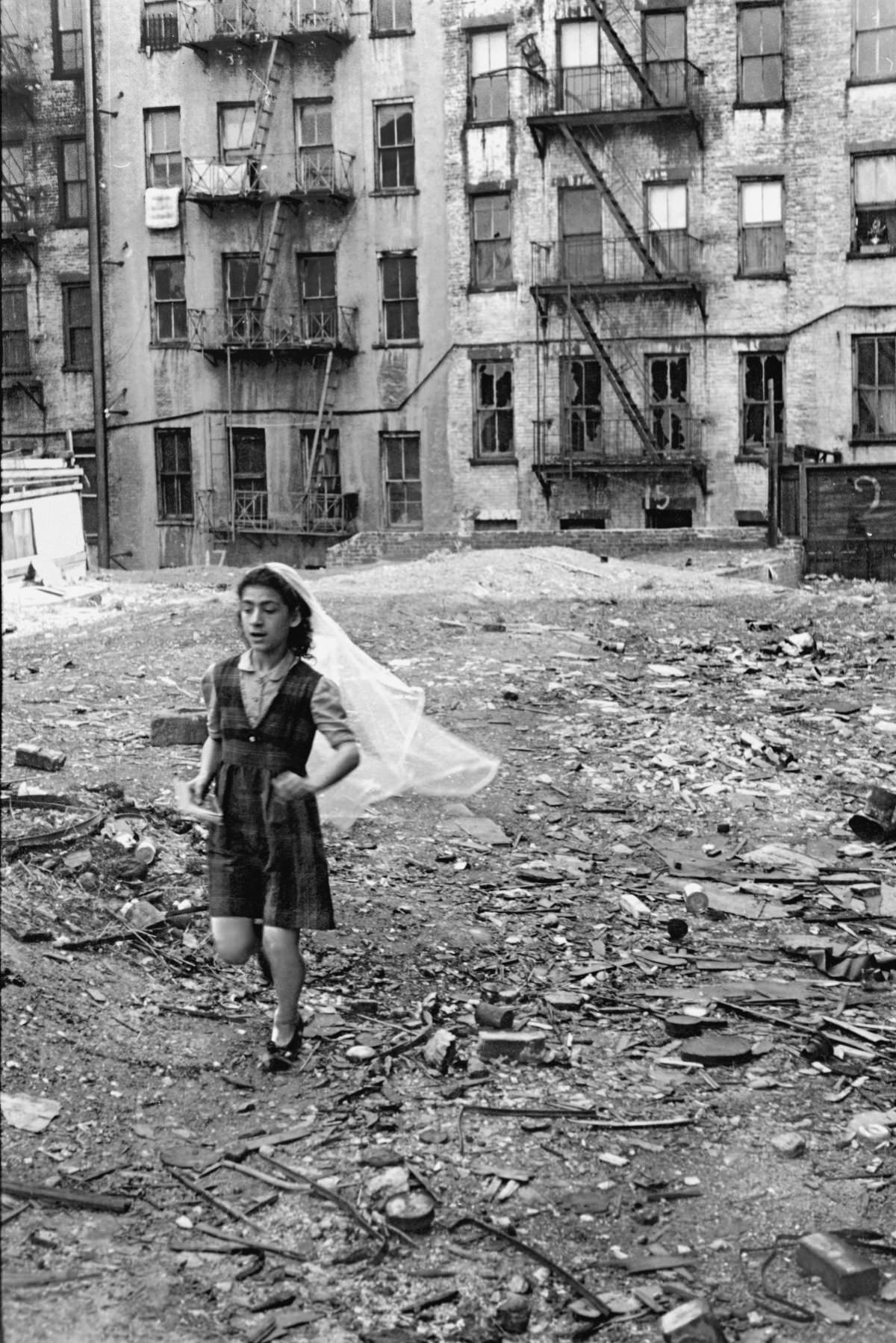
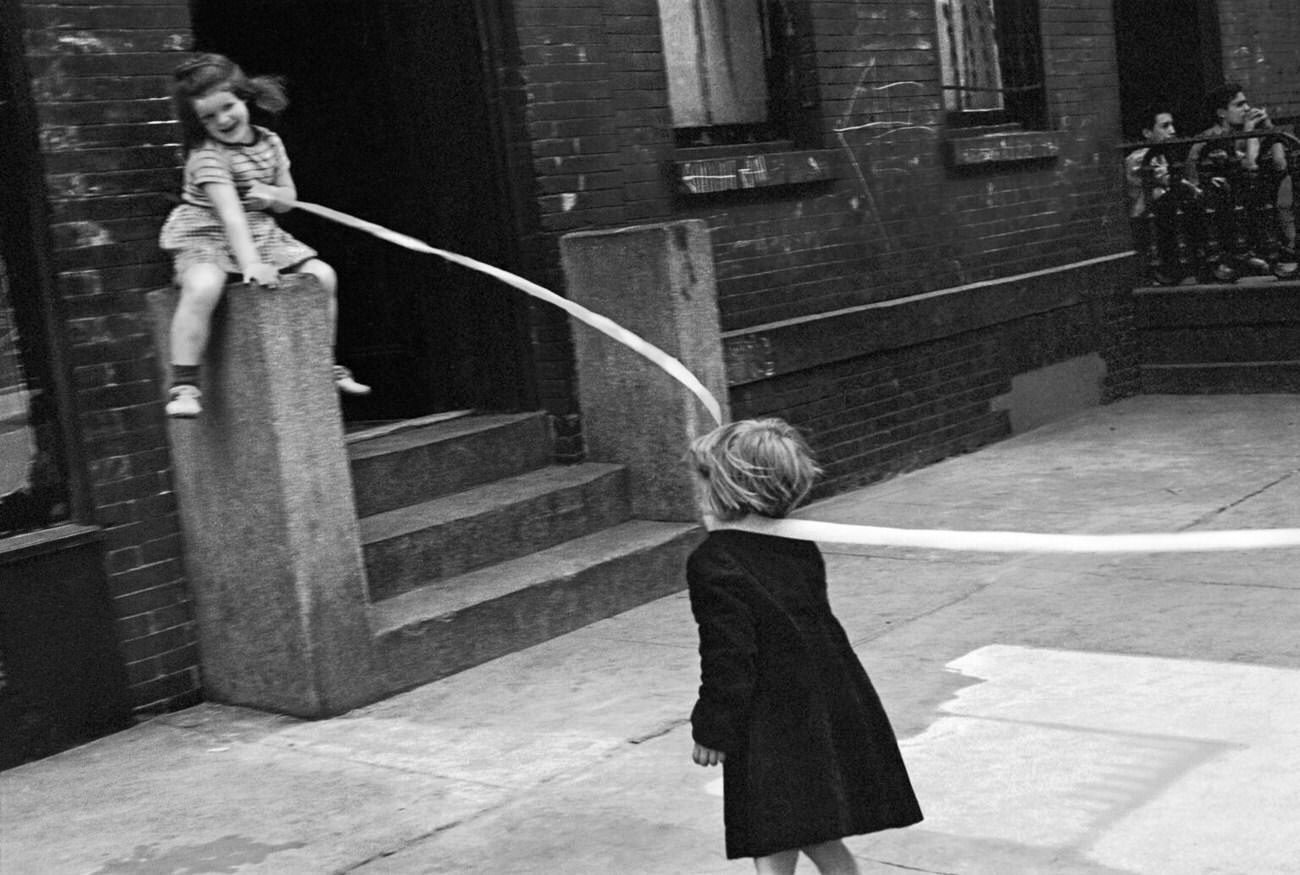
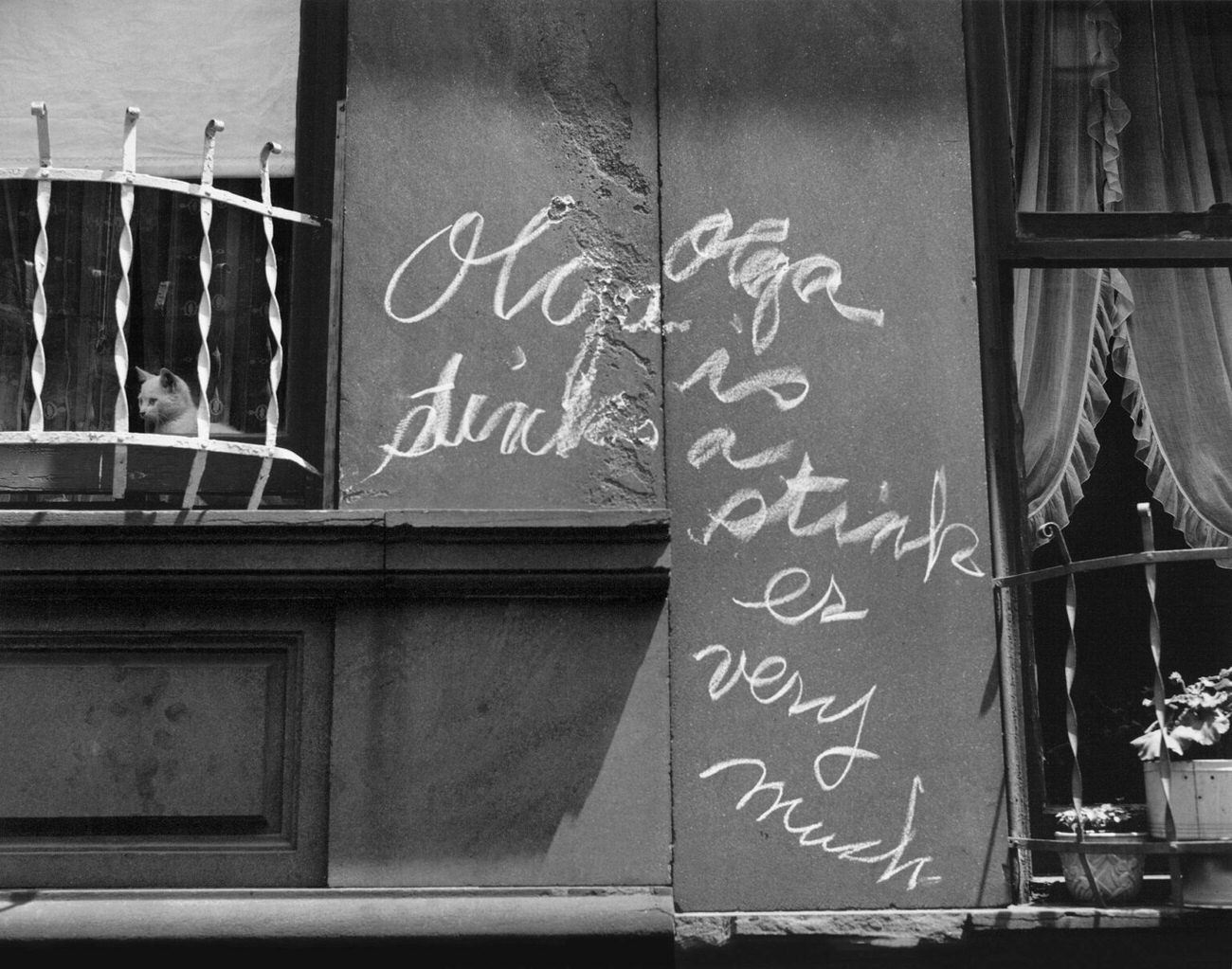
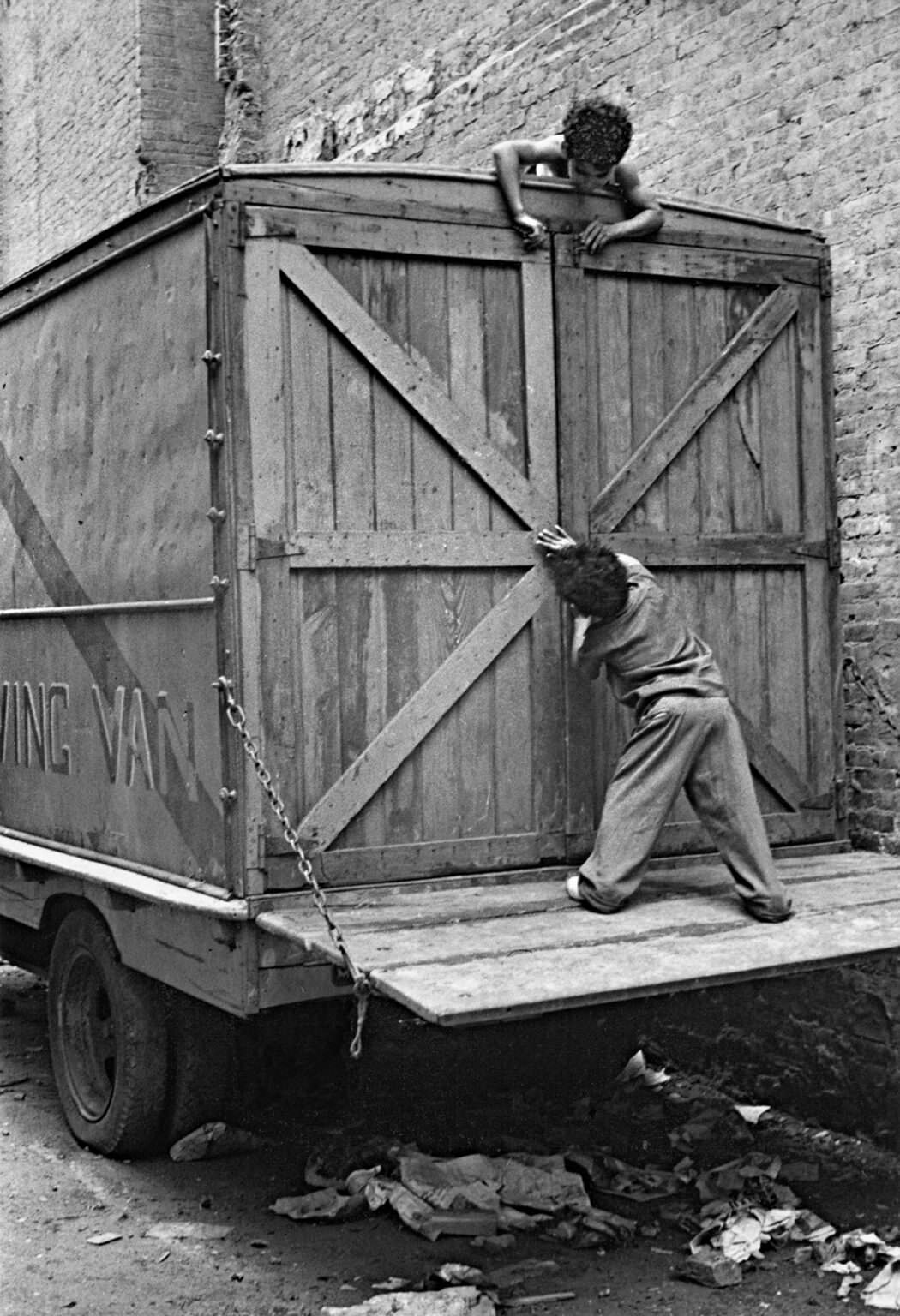
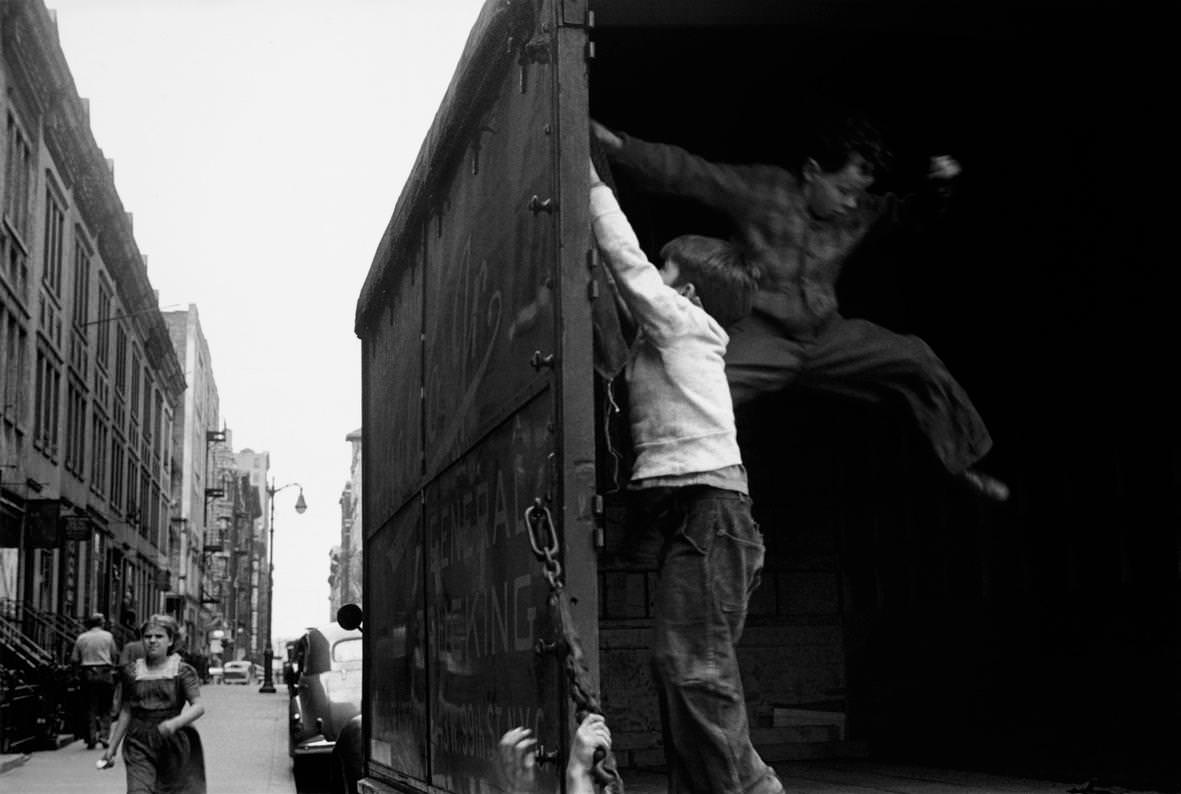
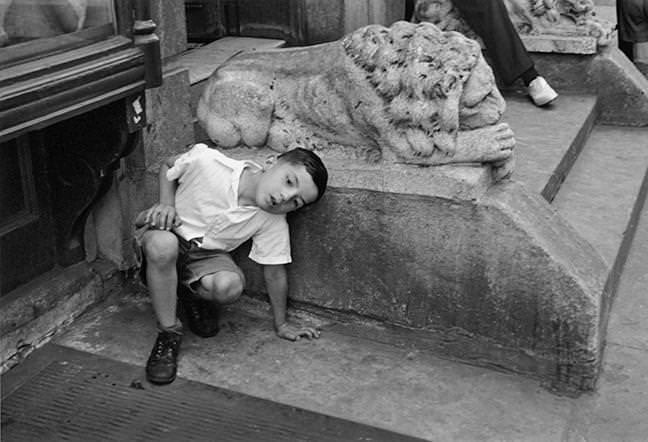
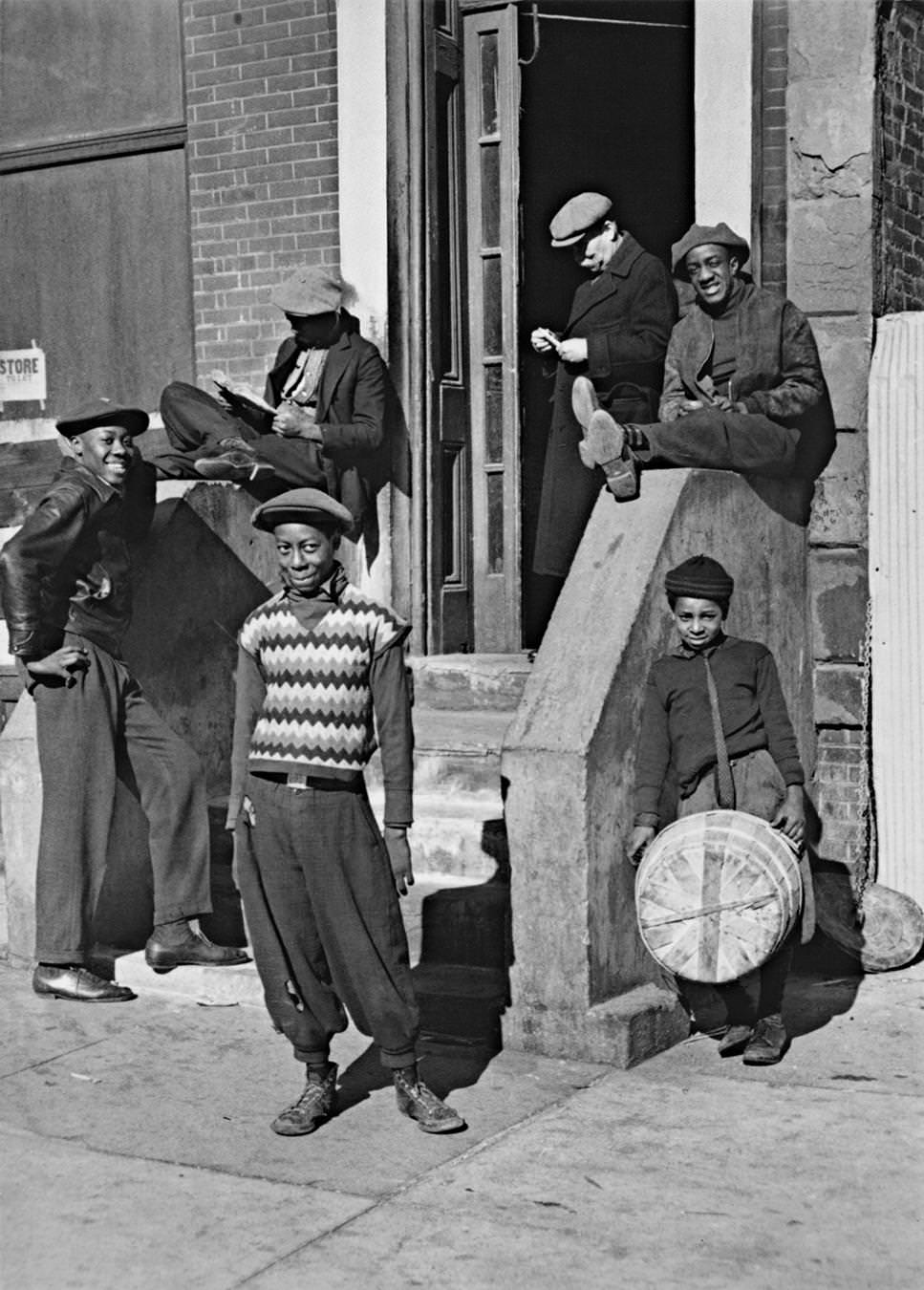
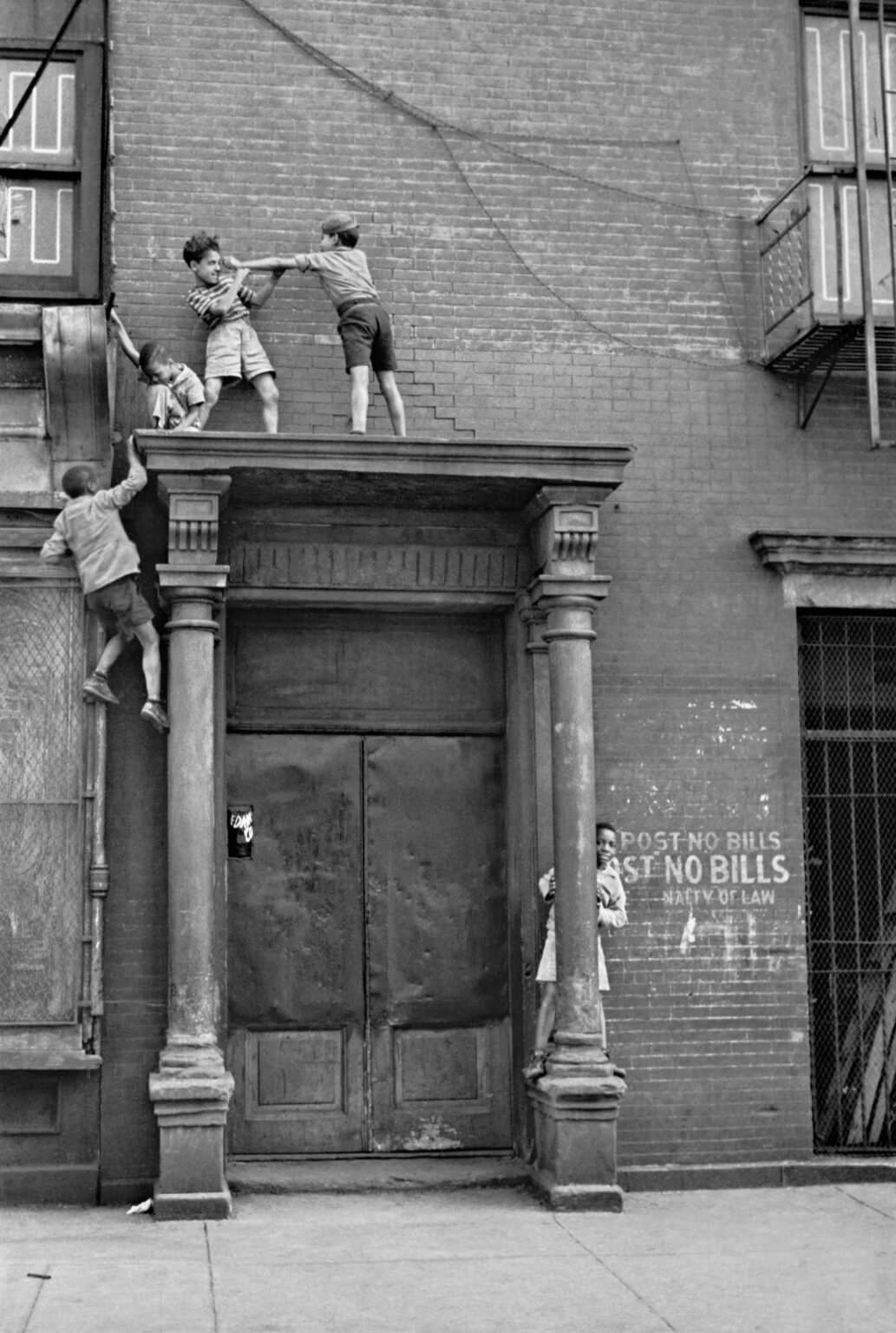
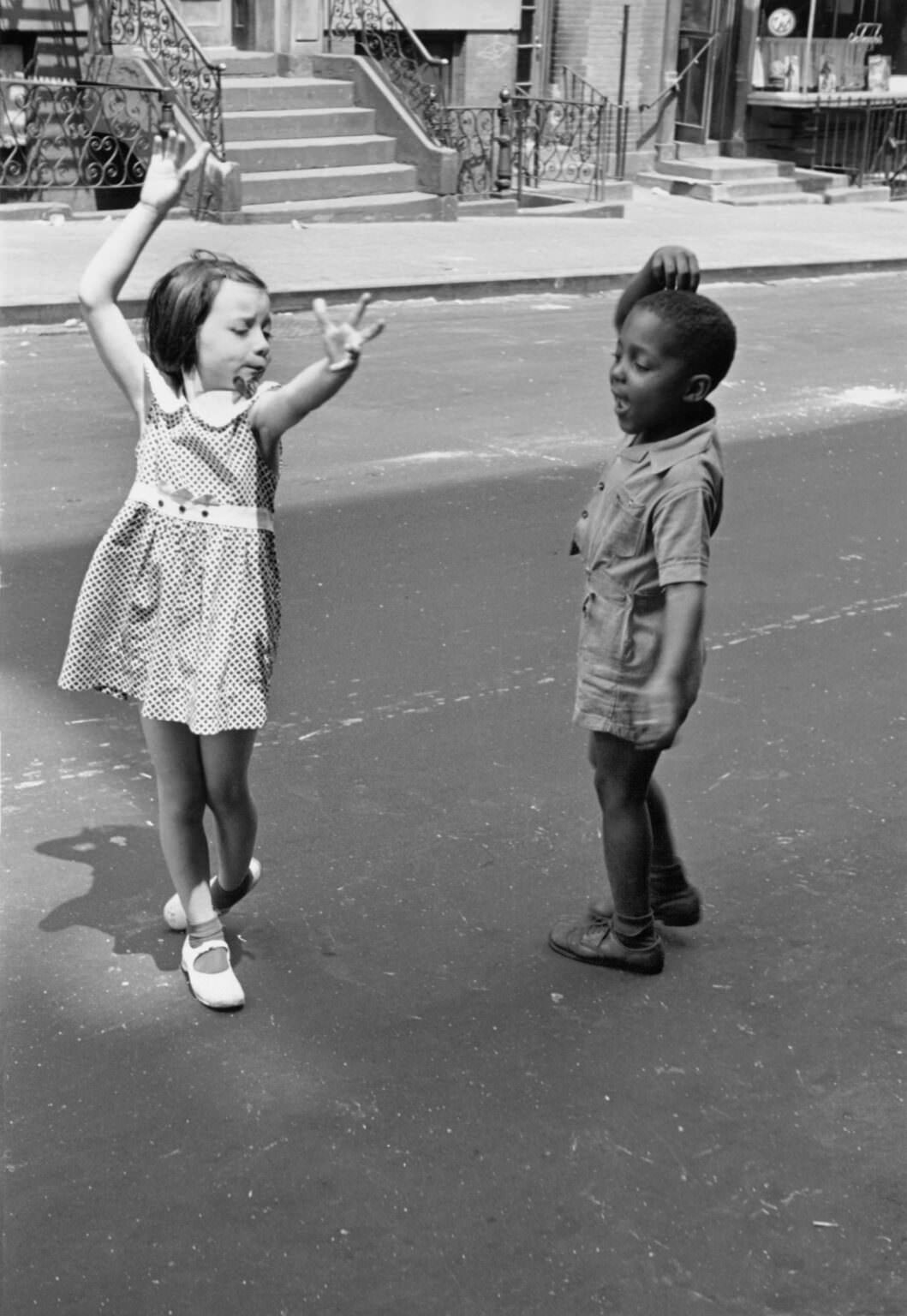
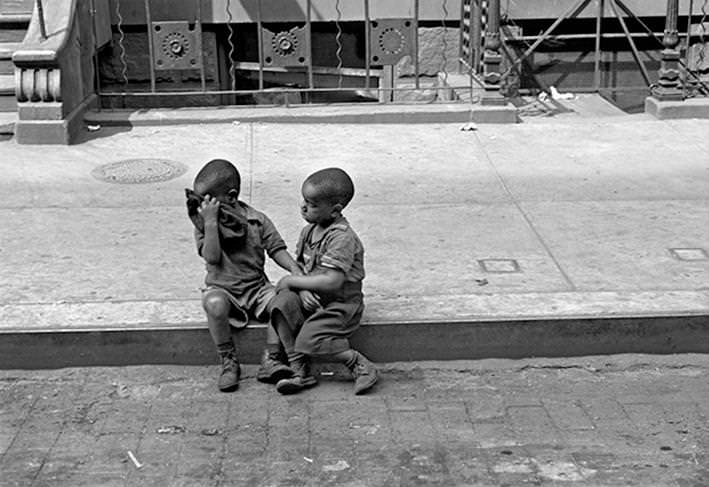
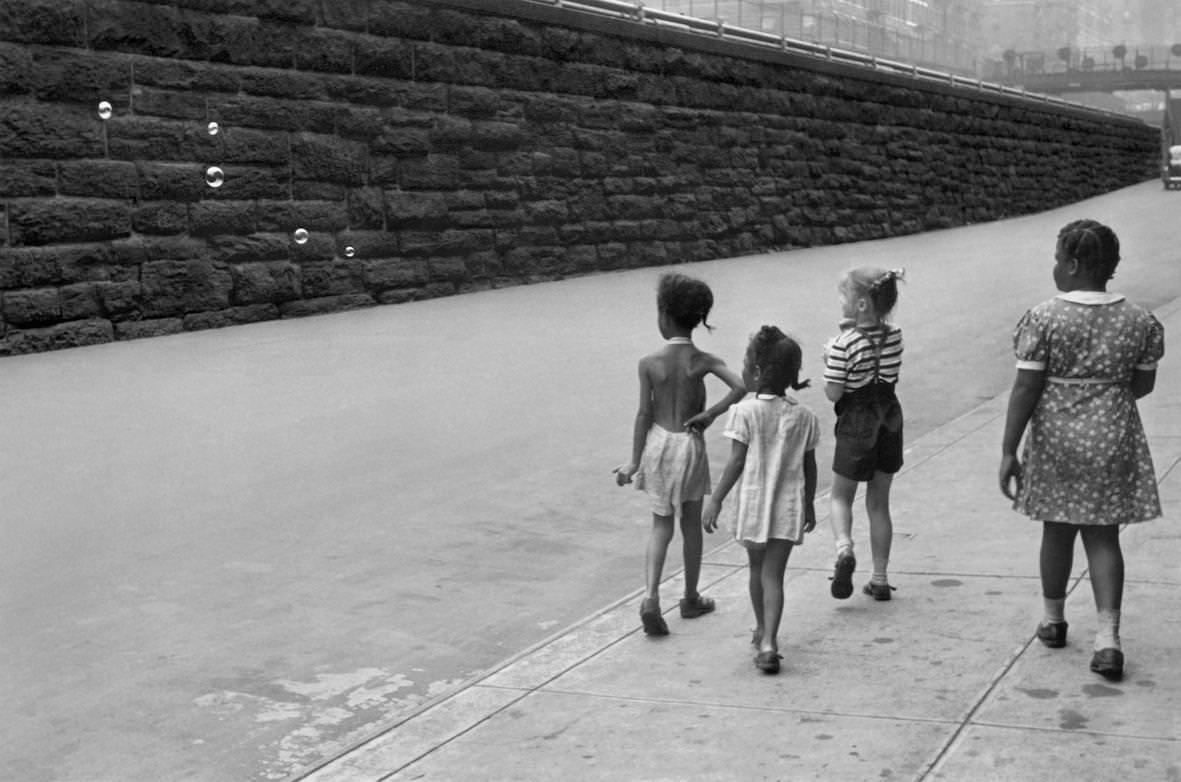
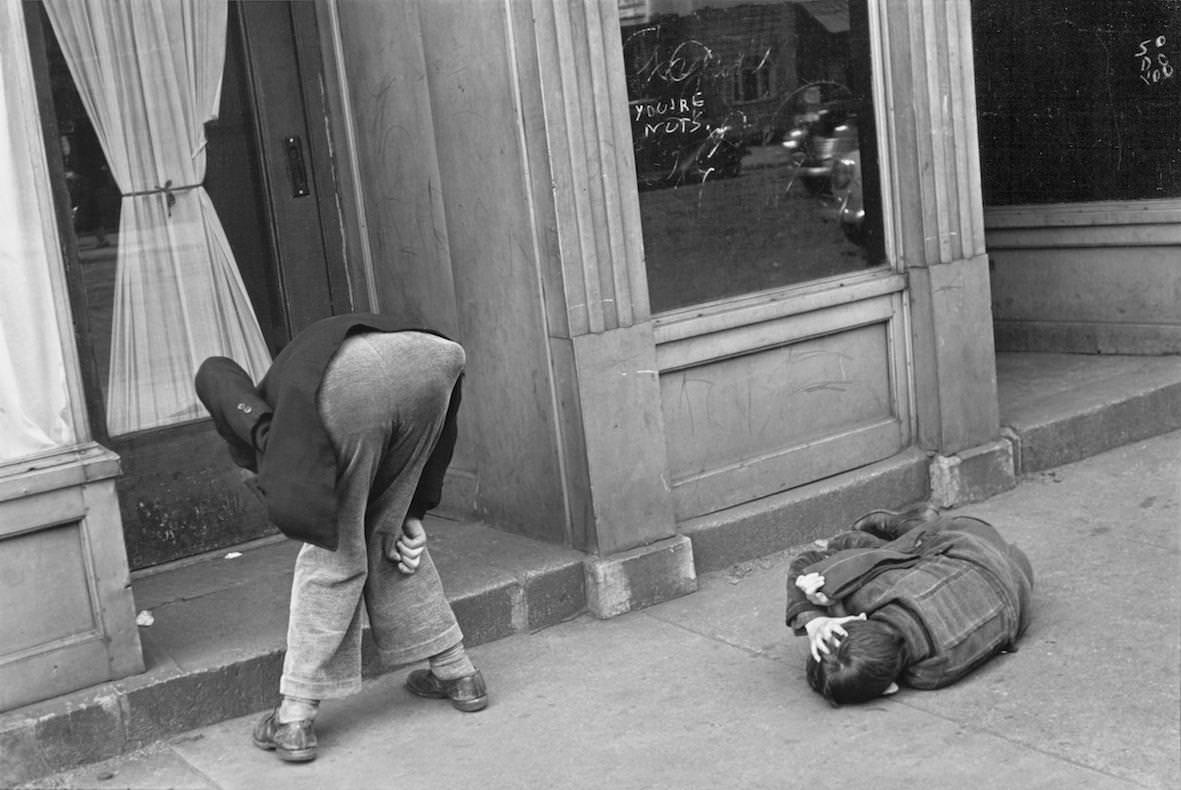
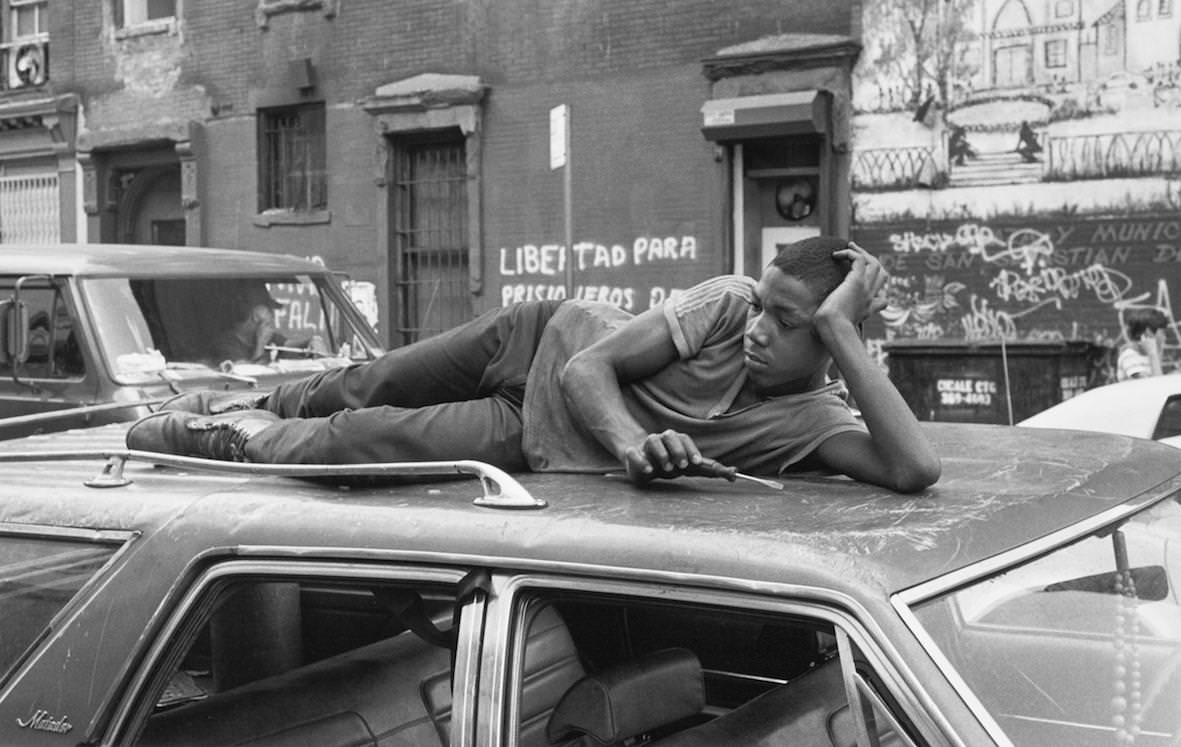
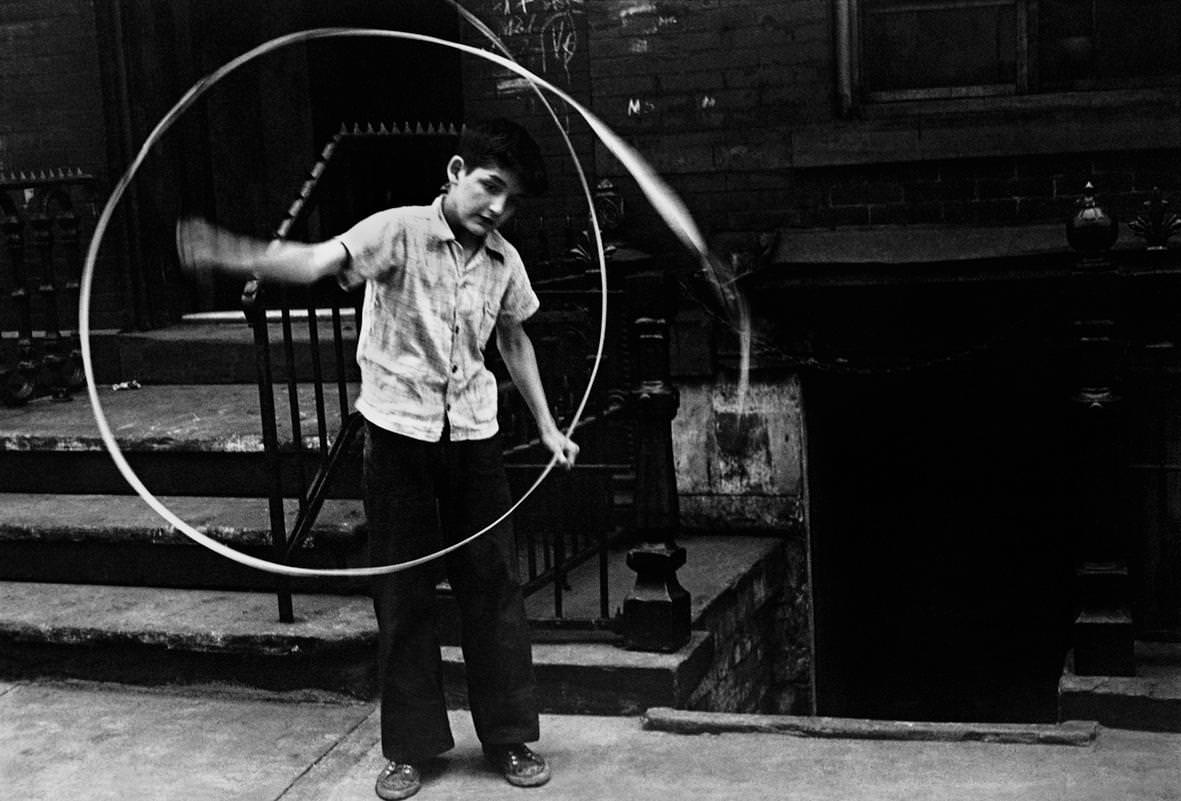
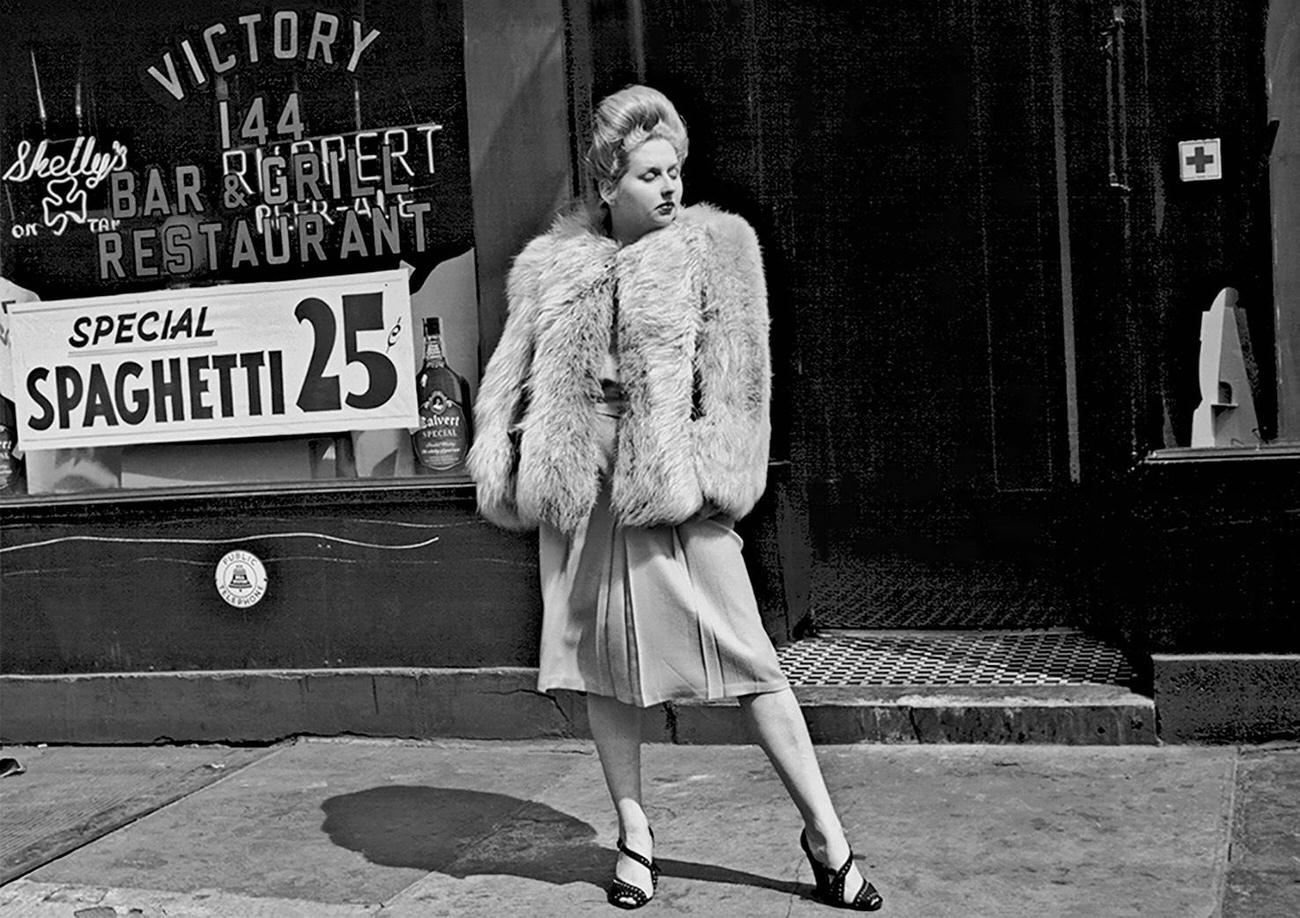

GIPHY App Key not set. Please check settings